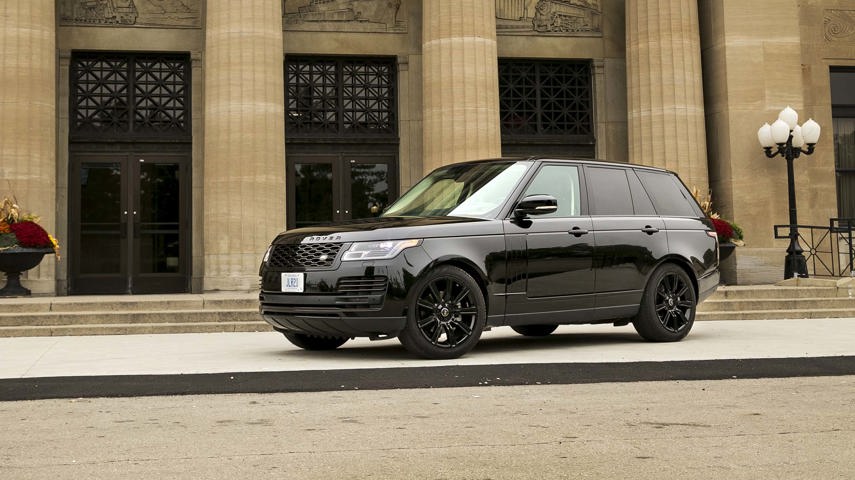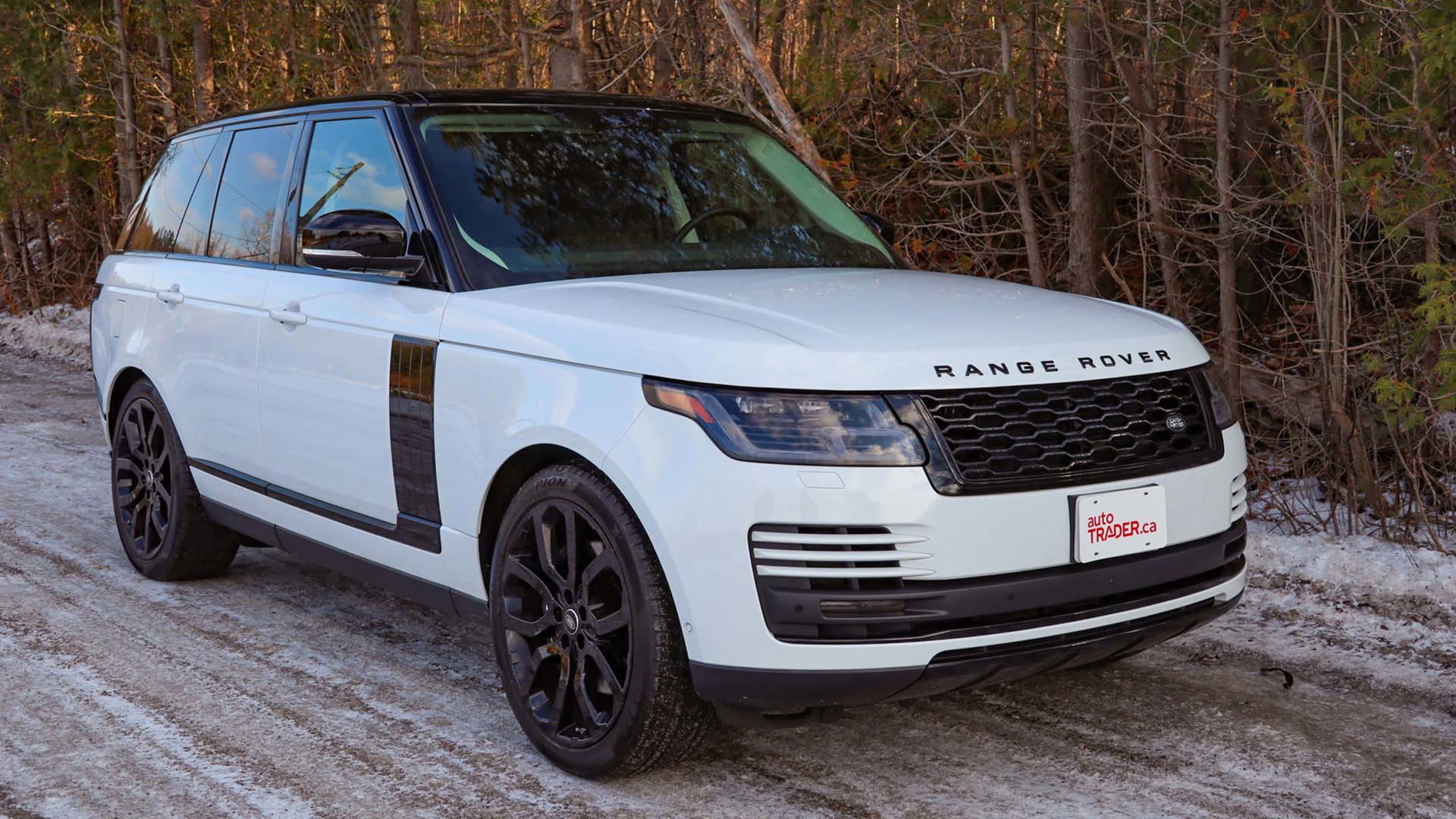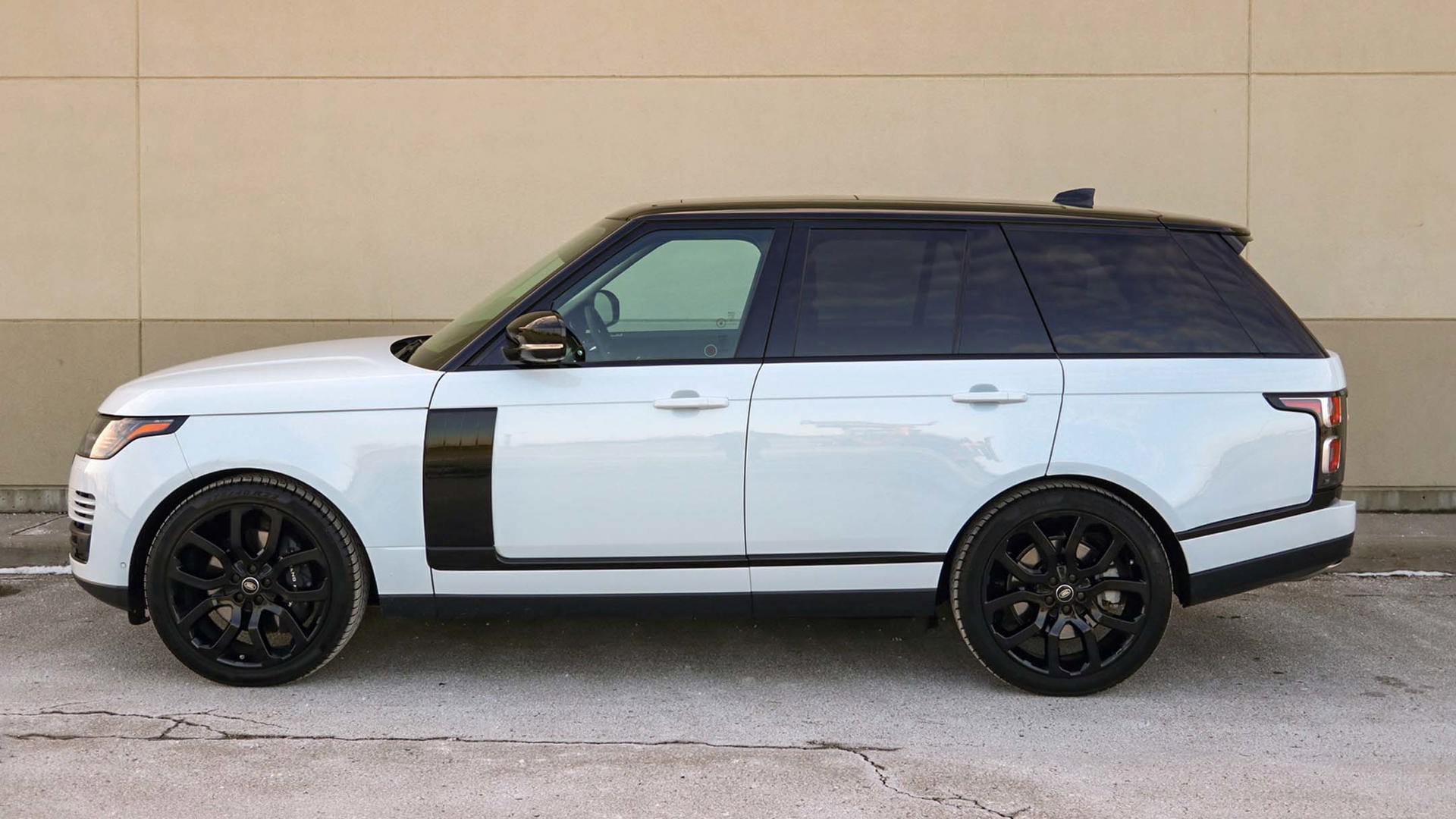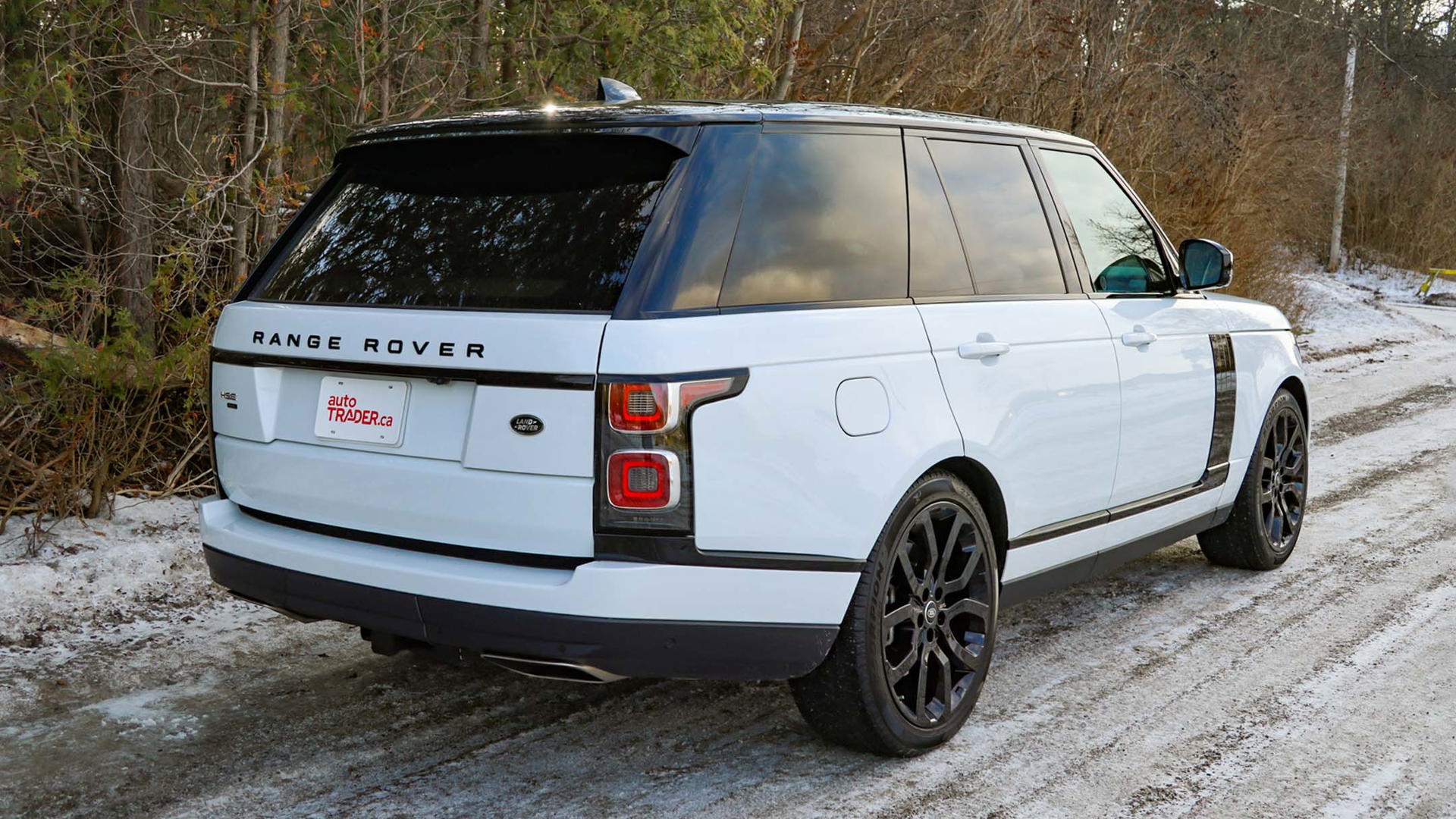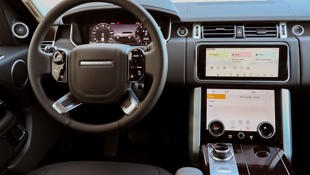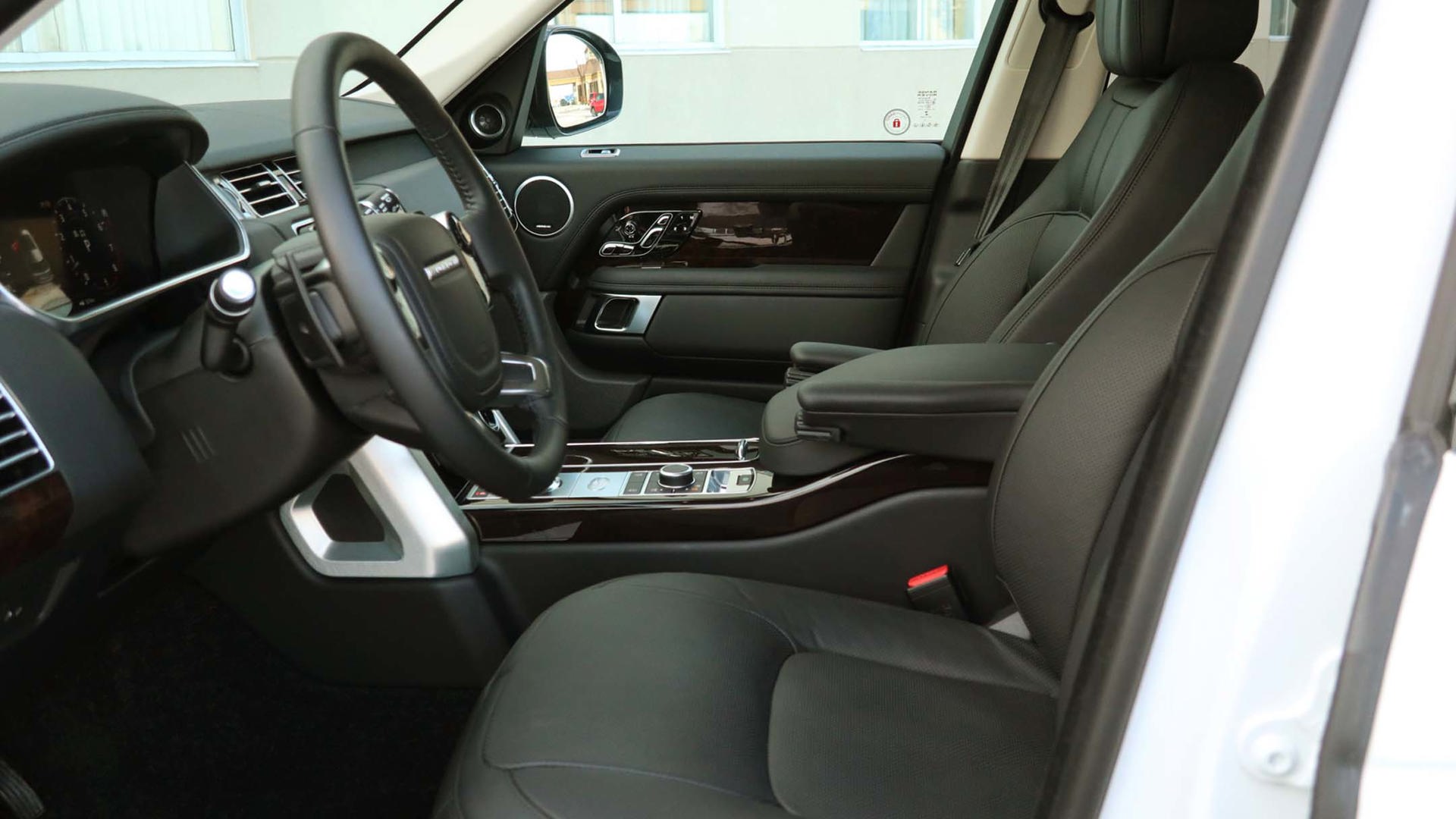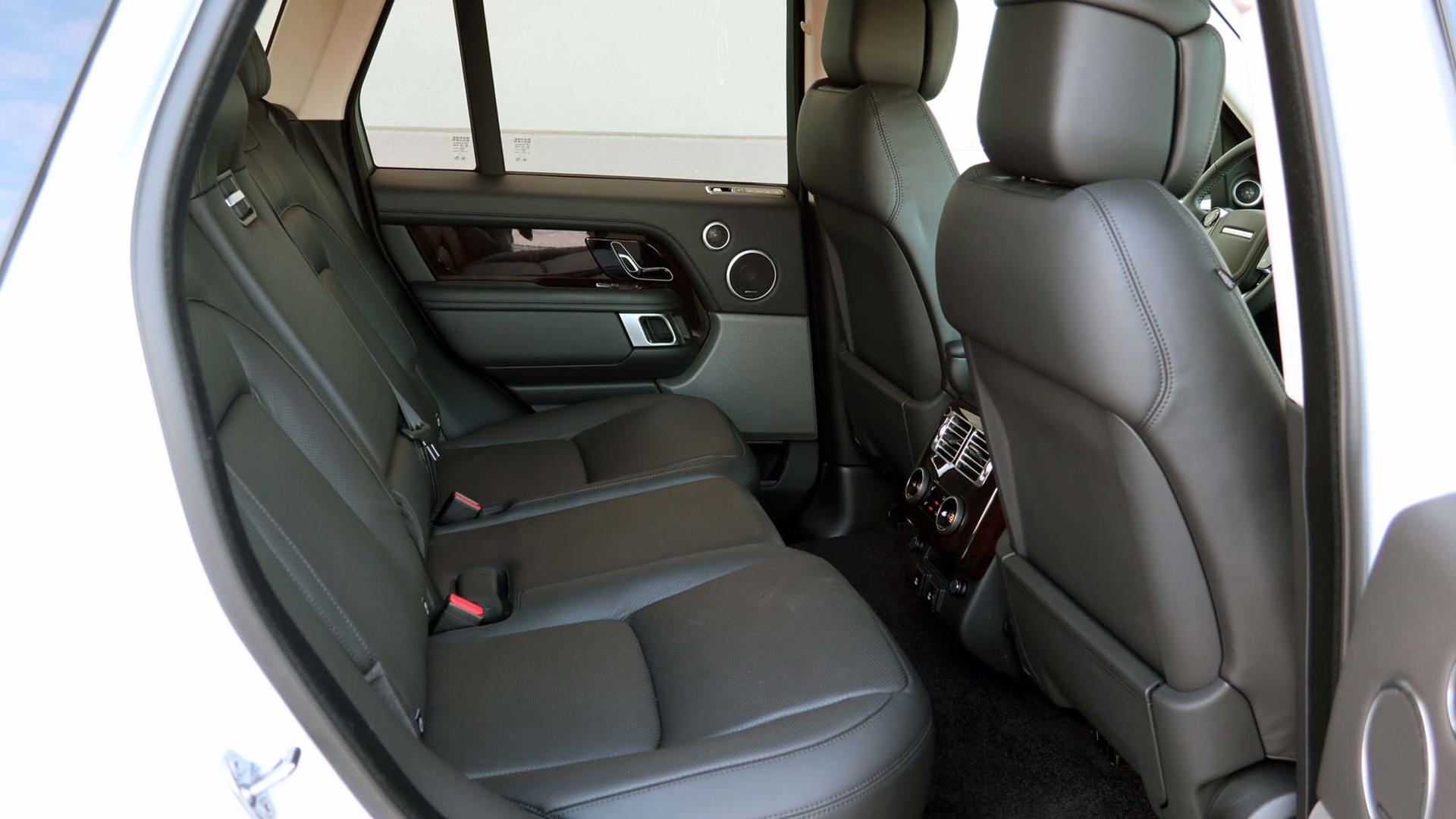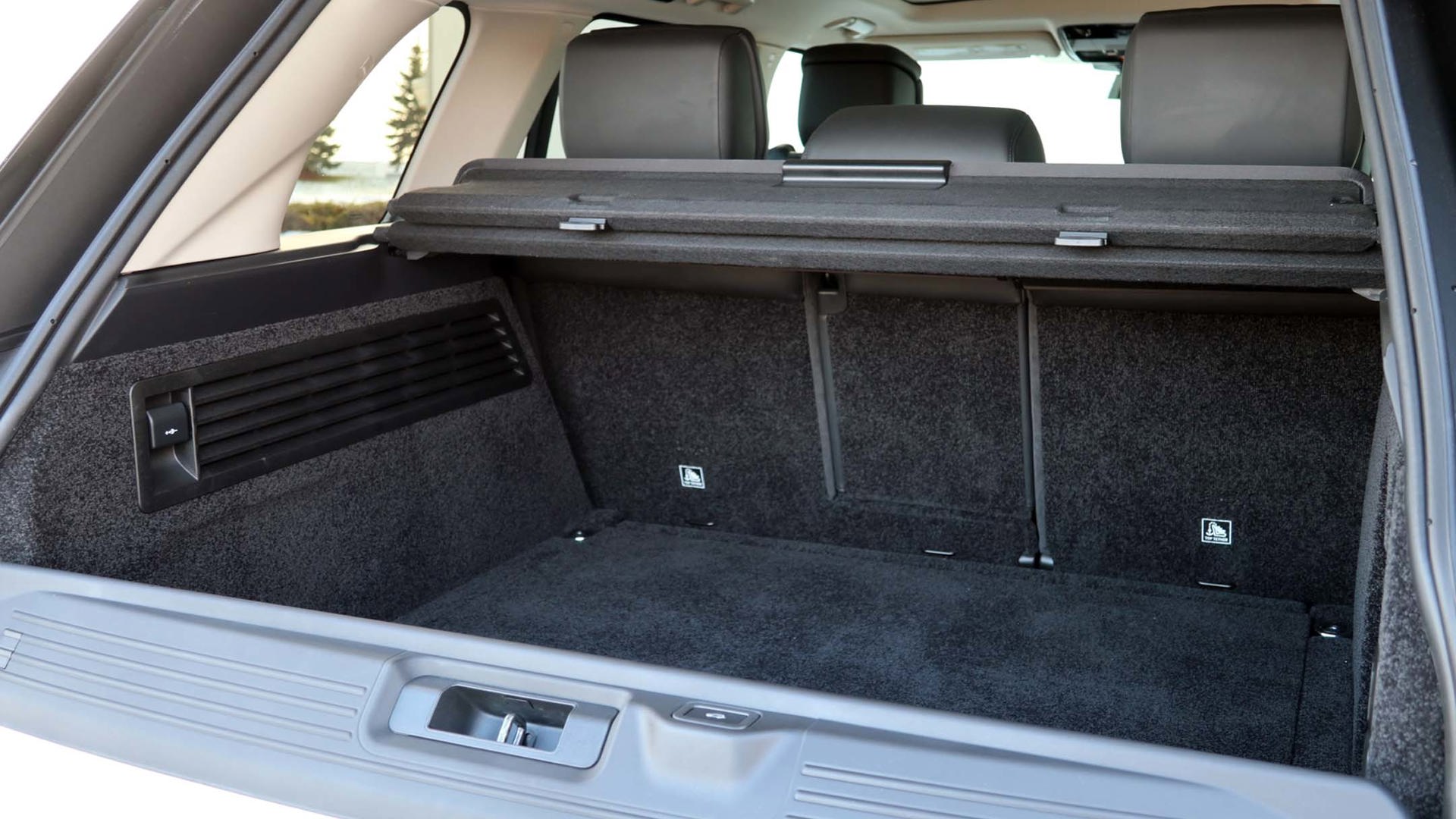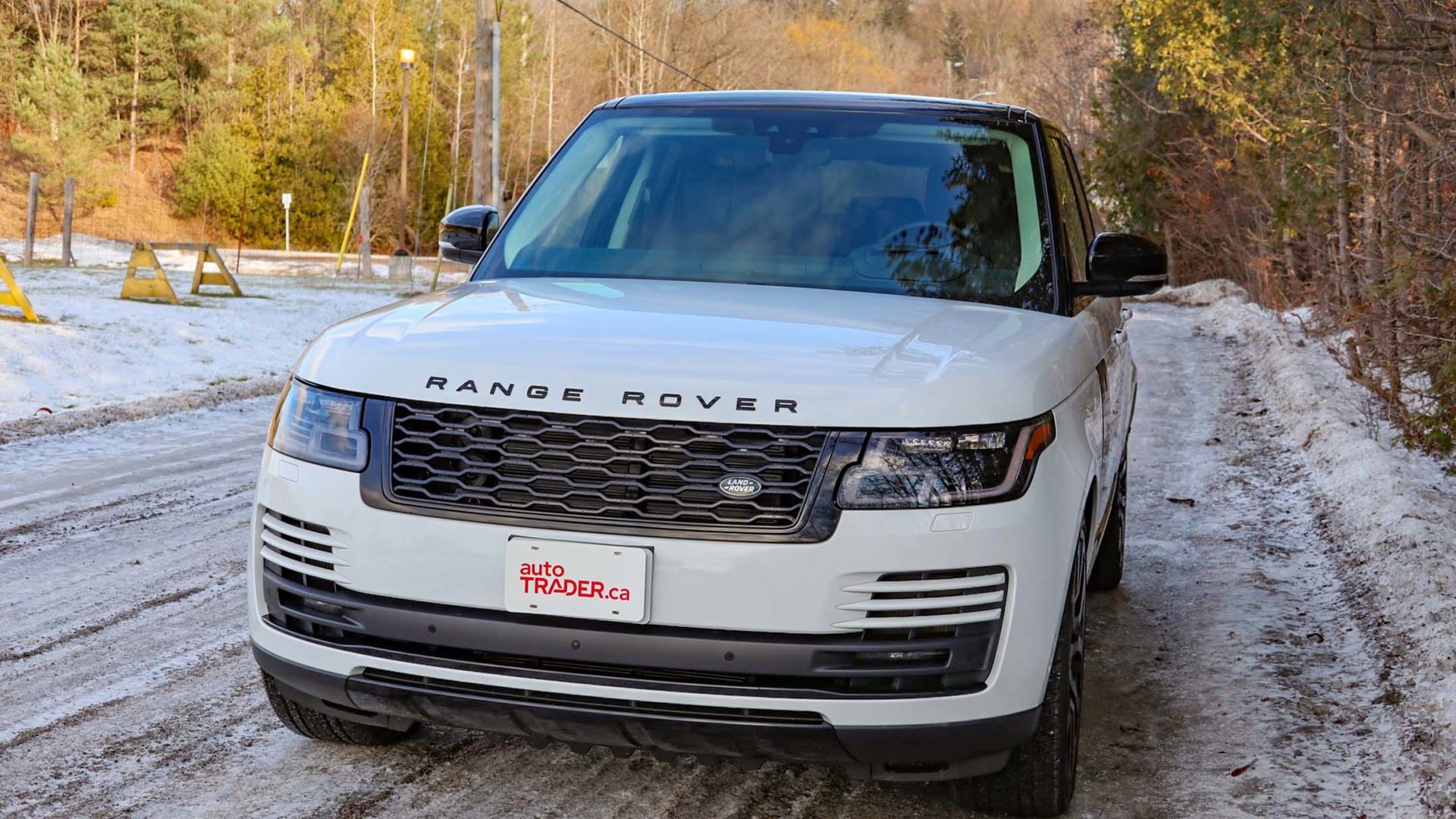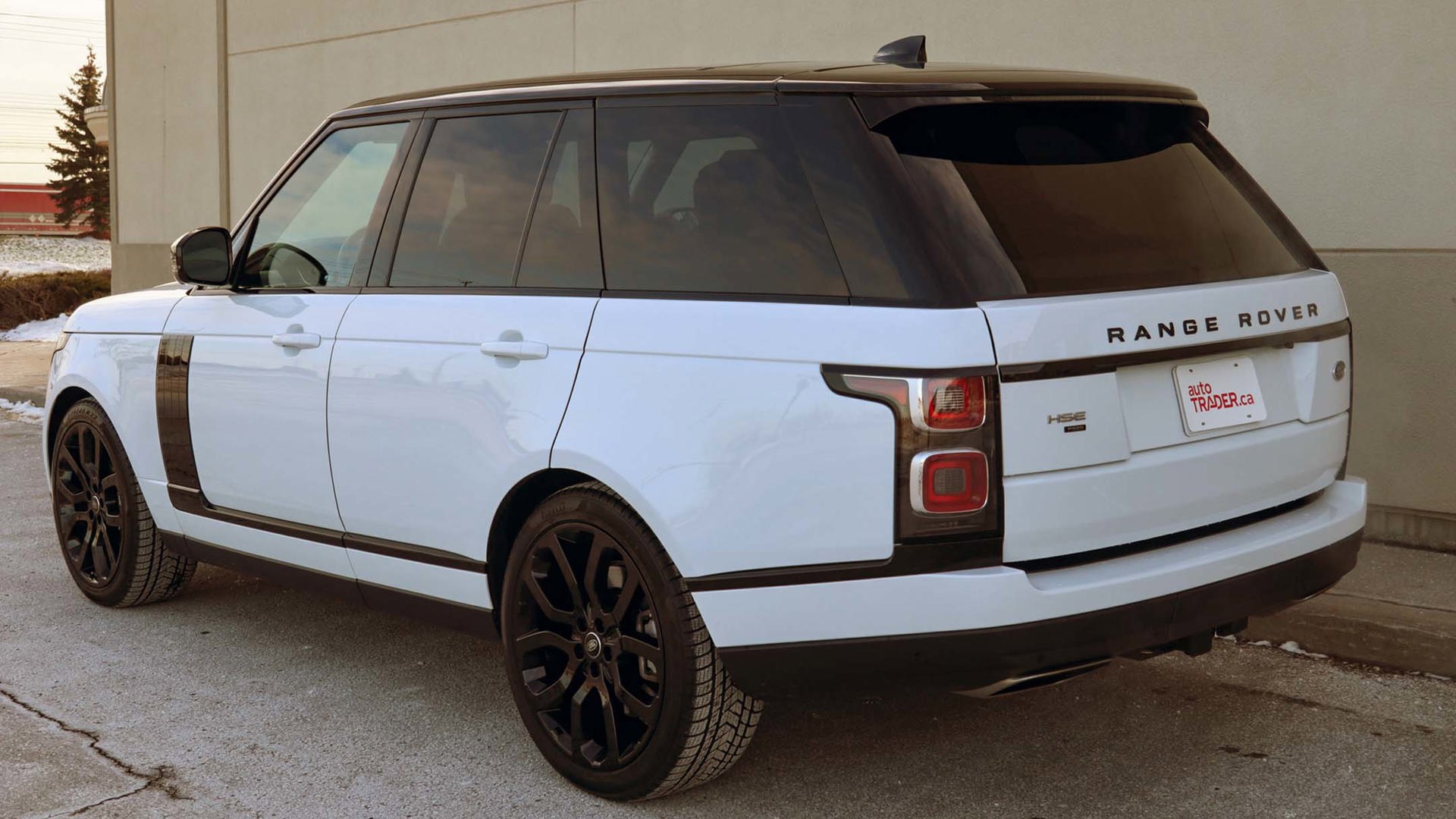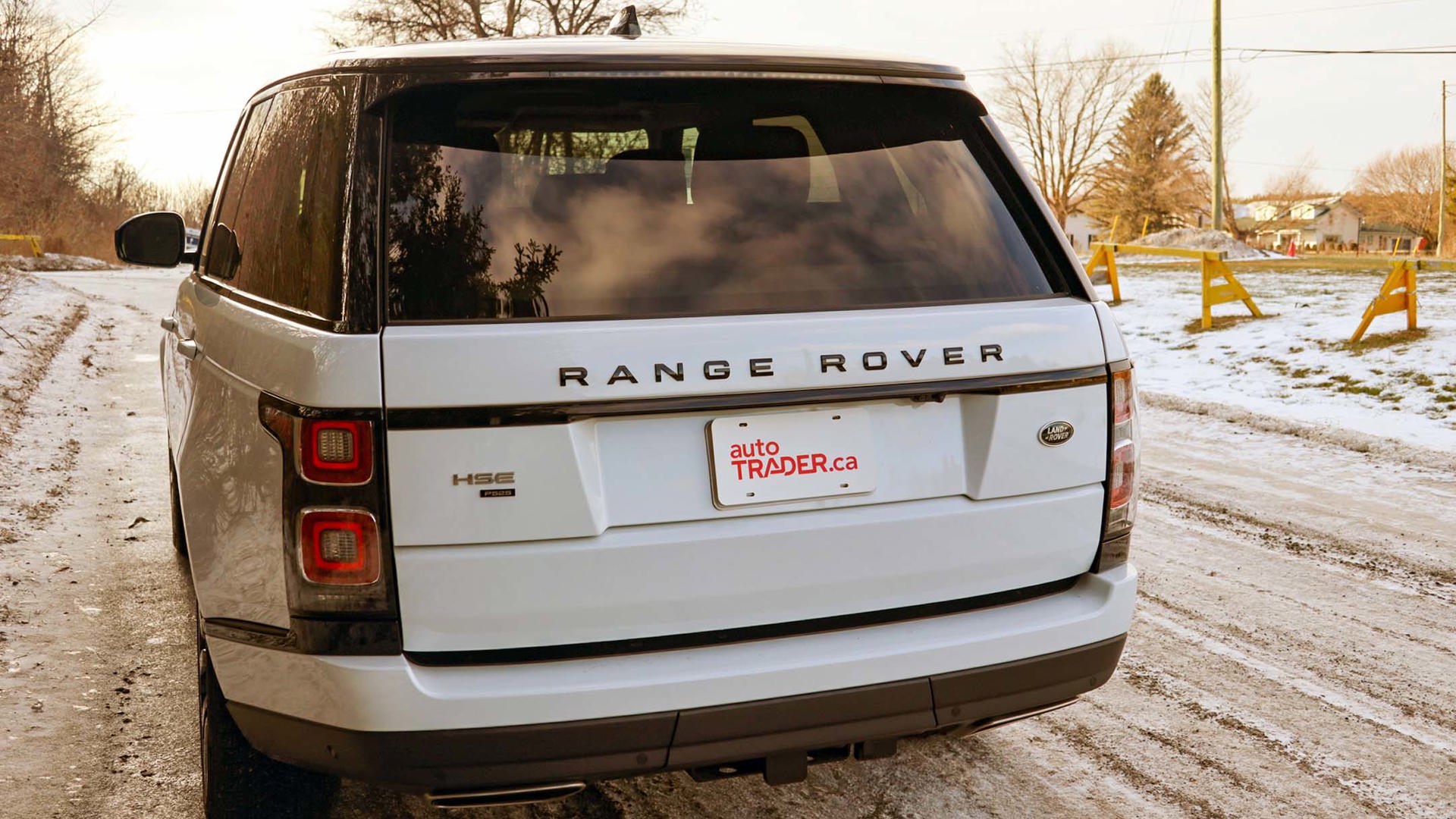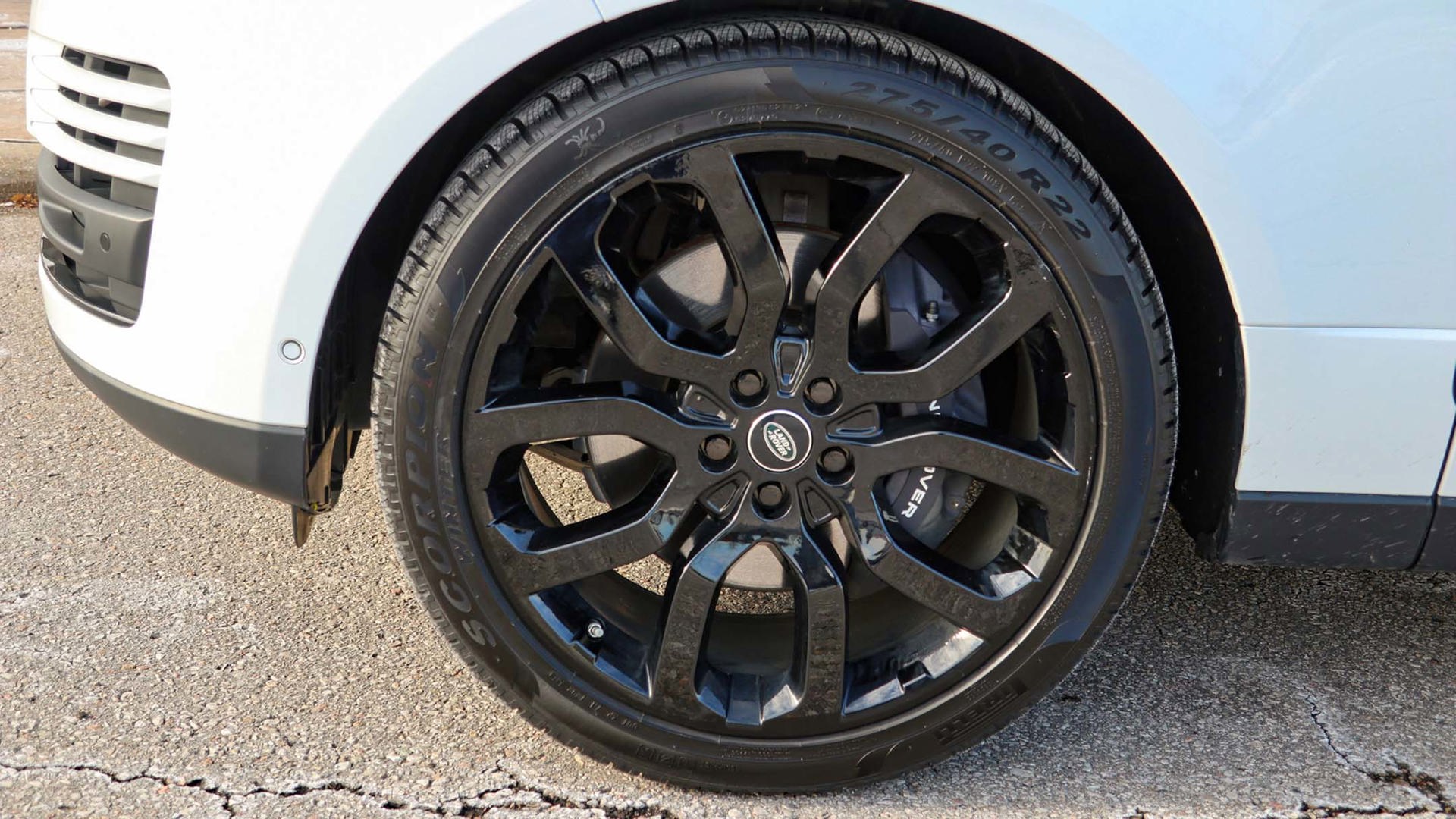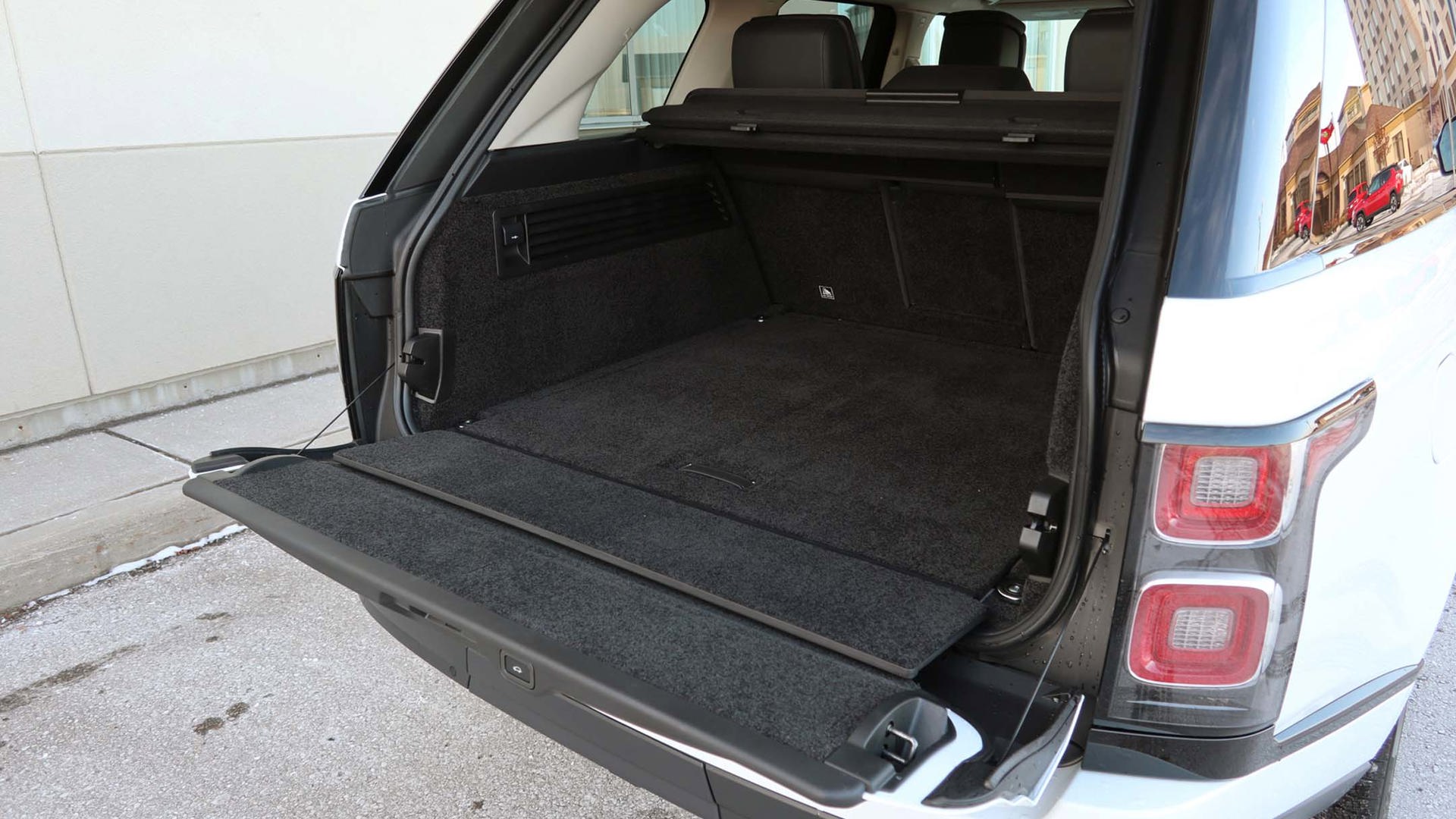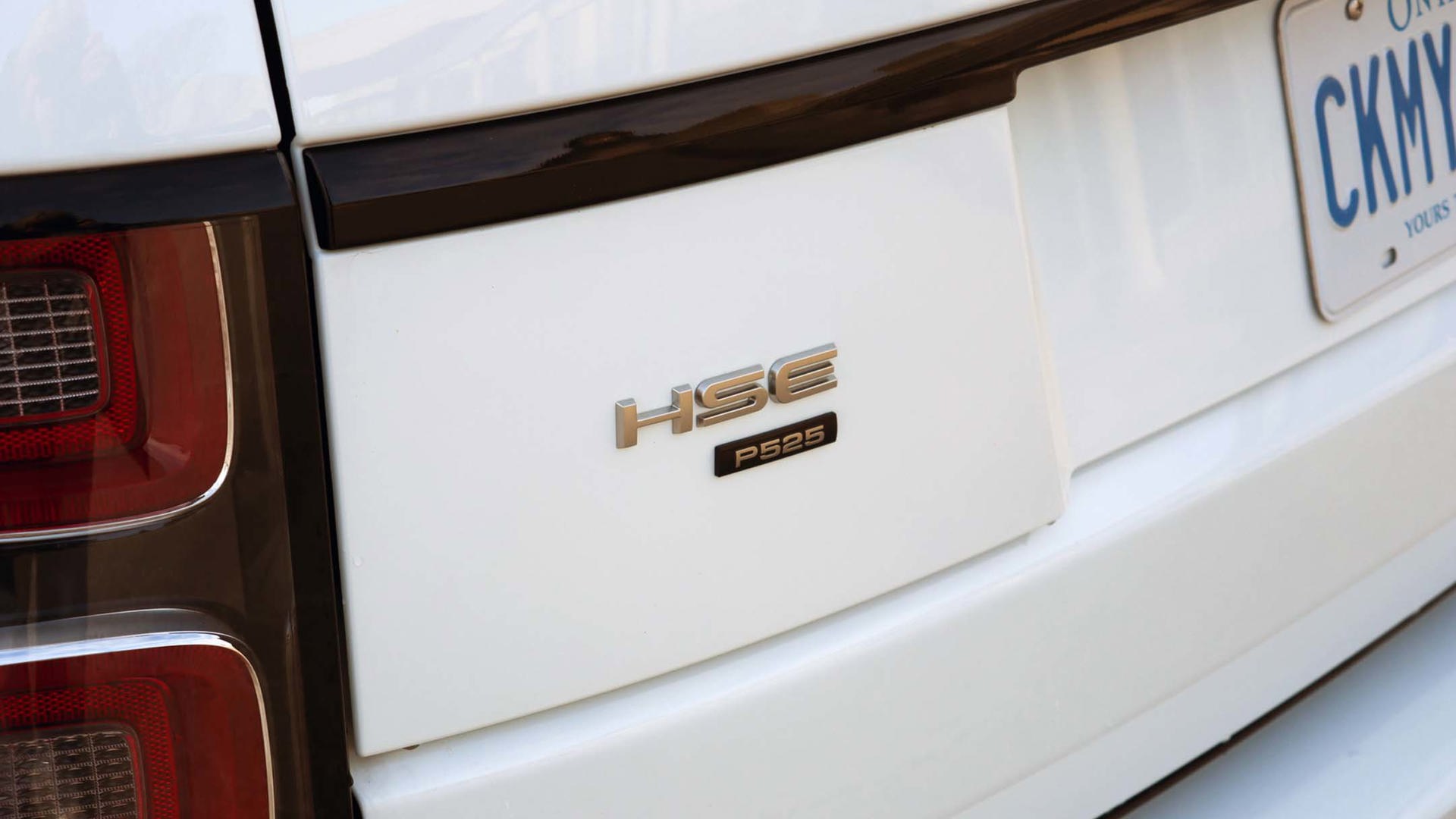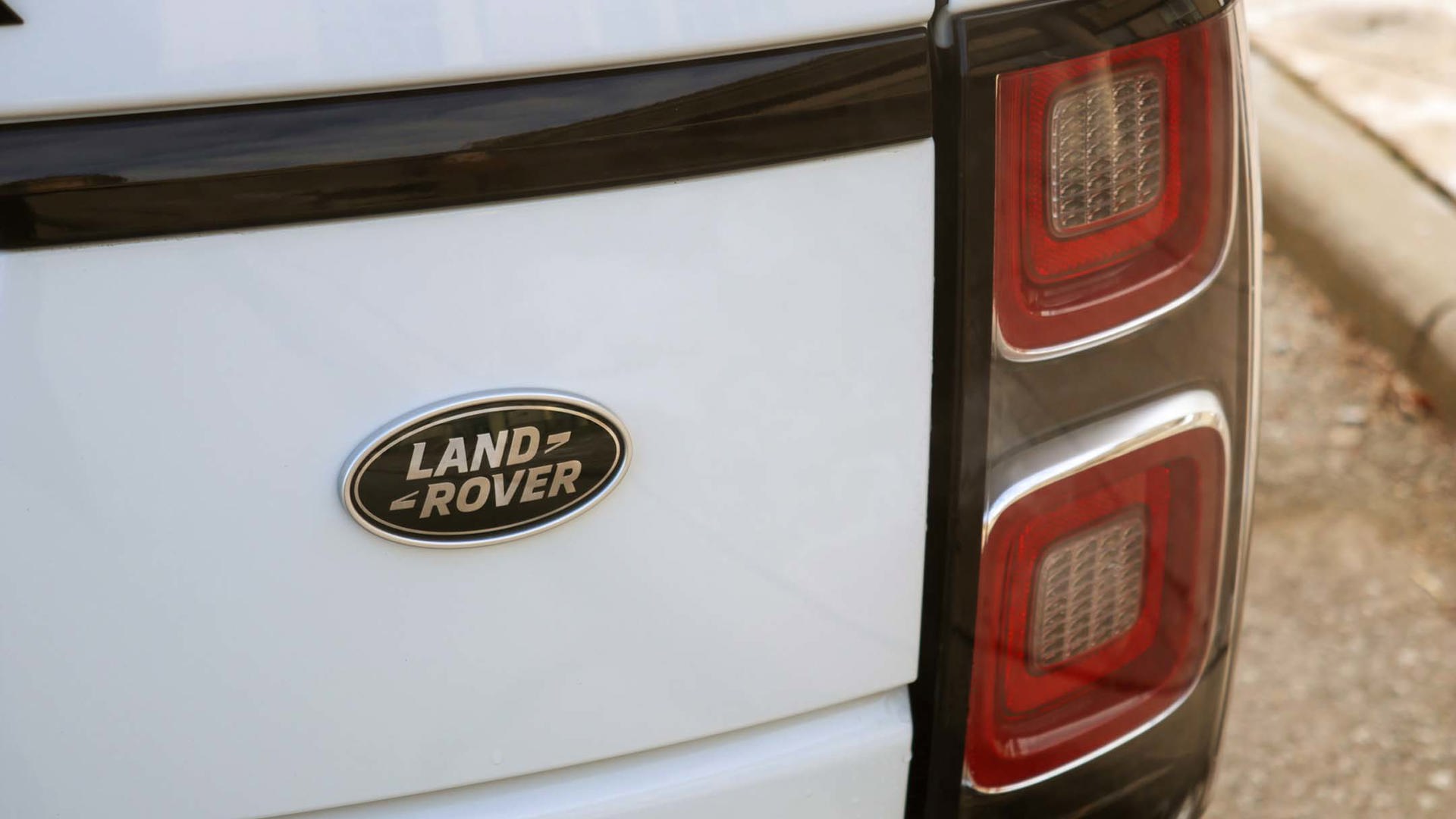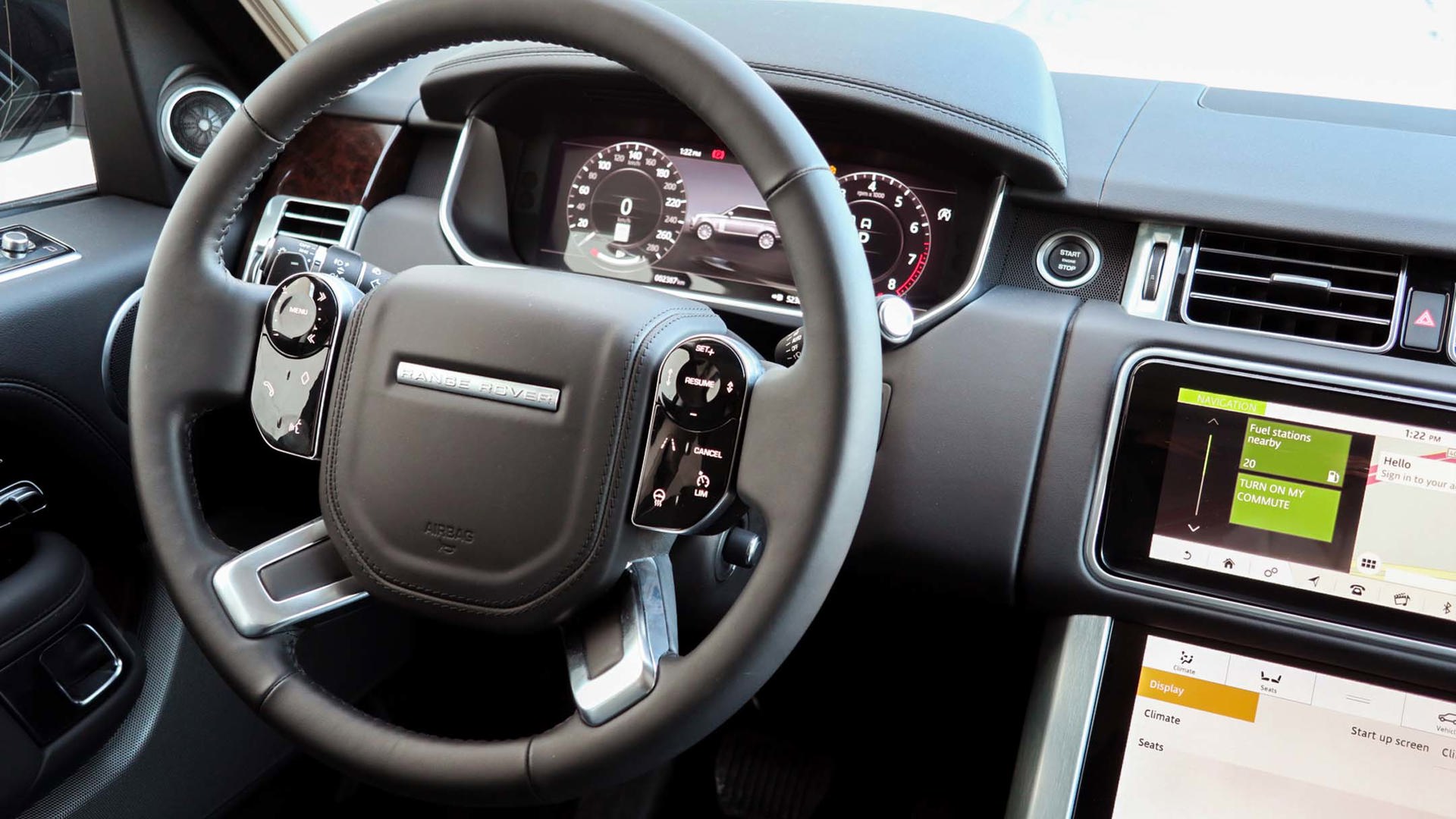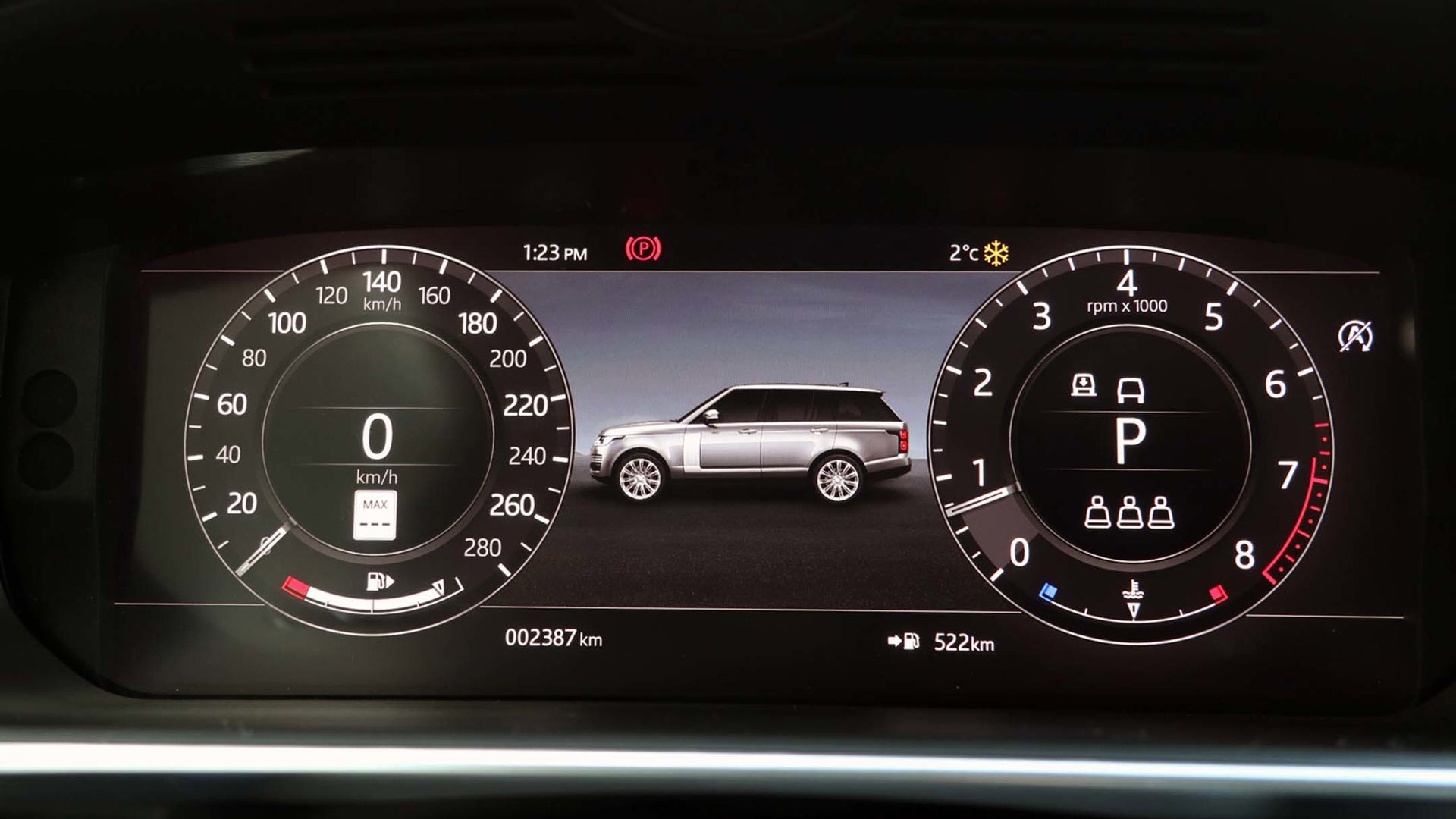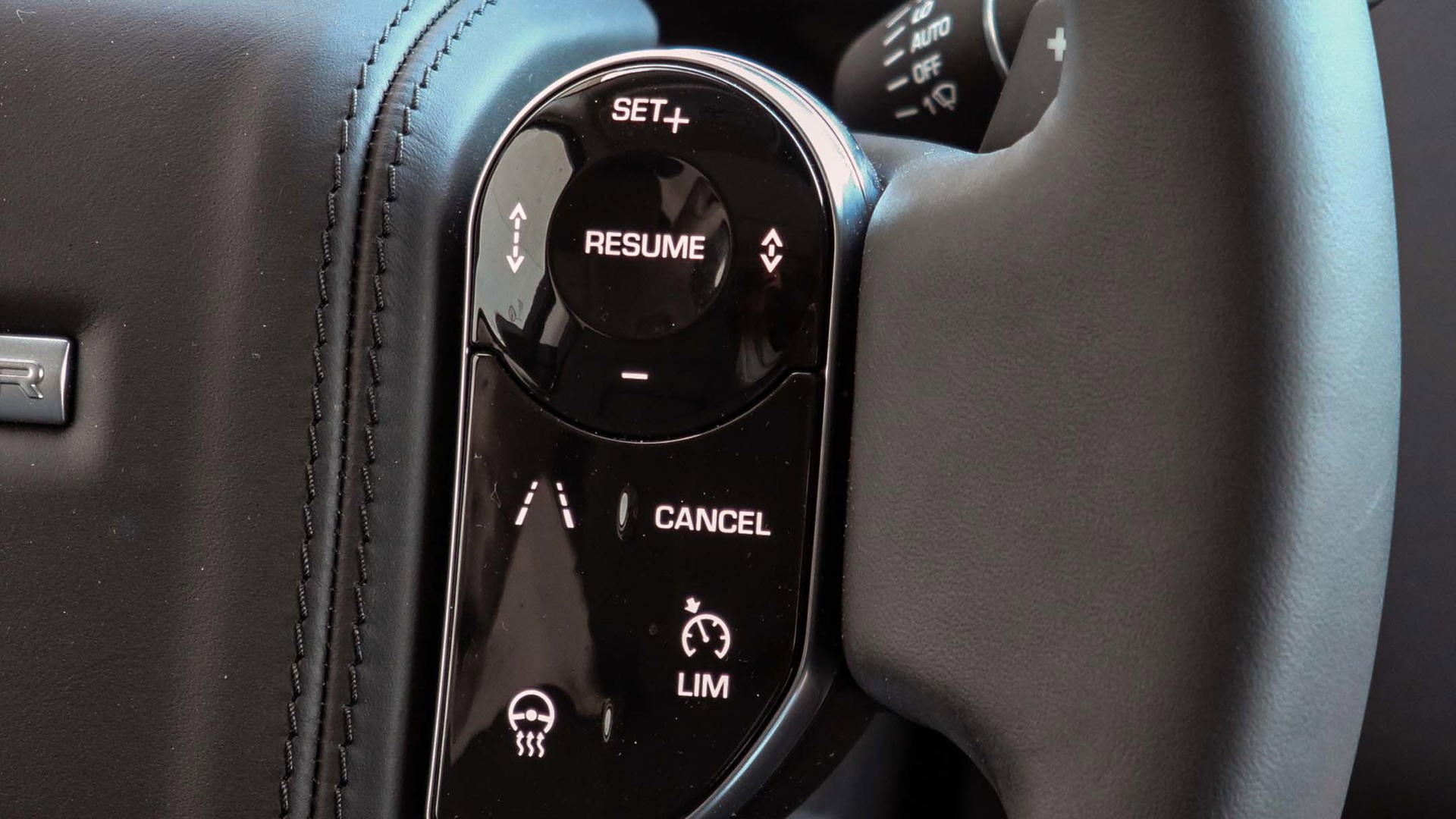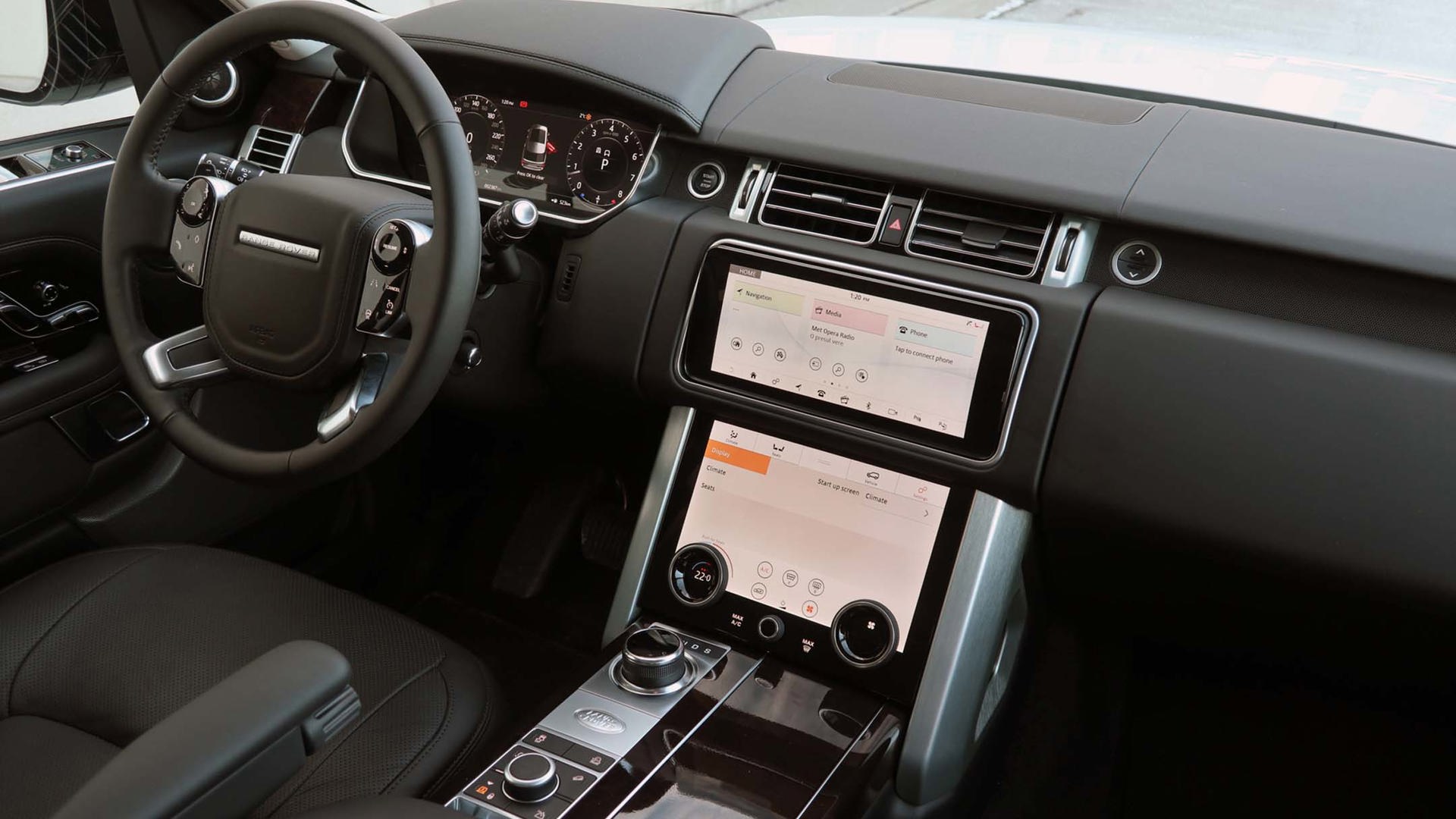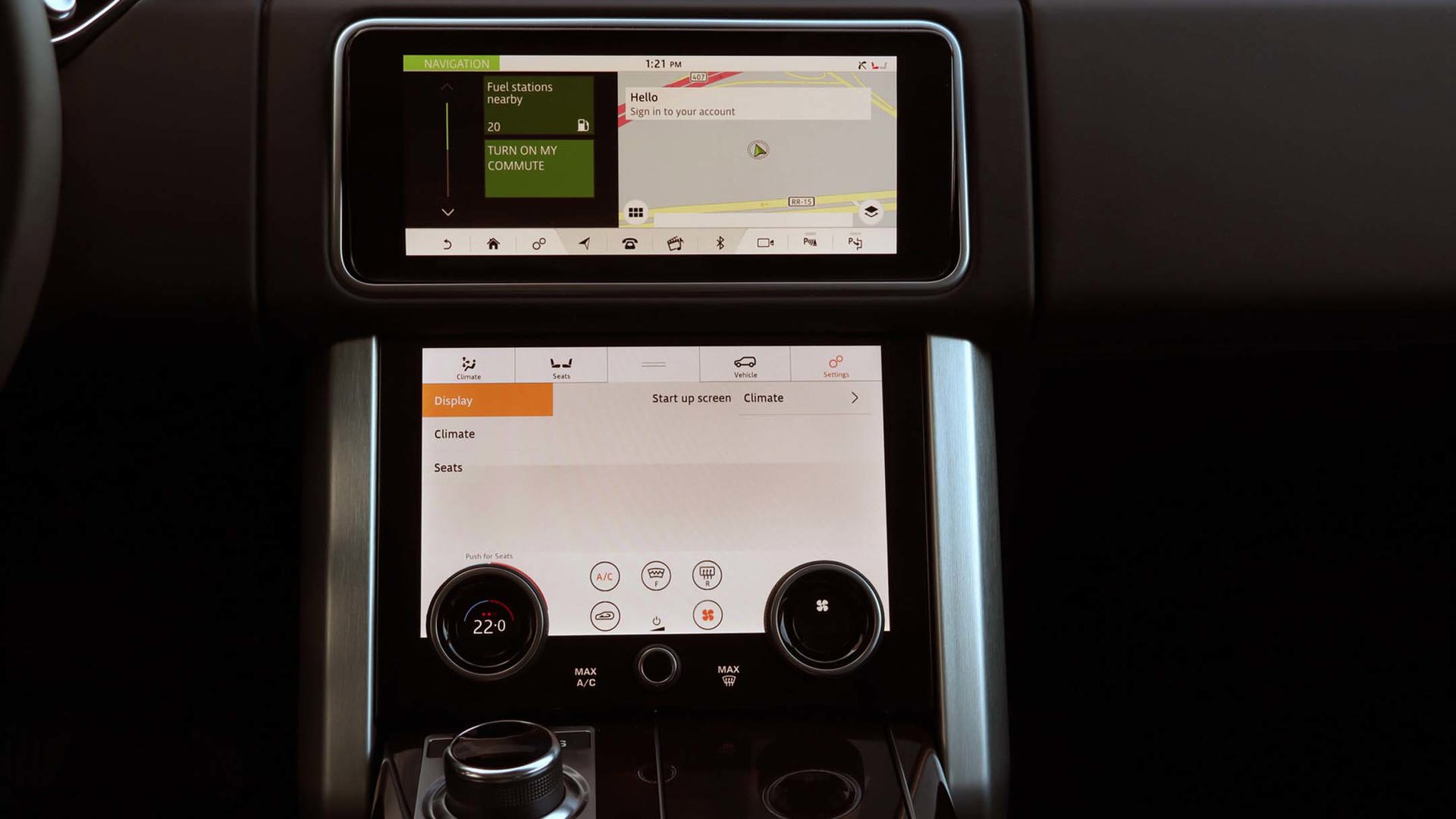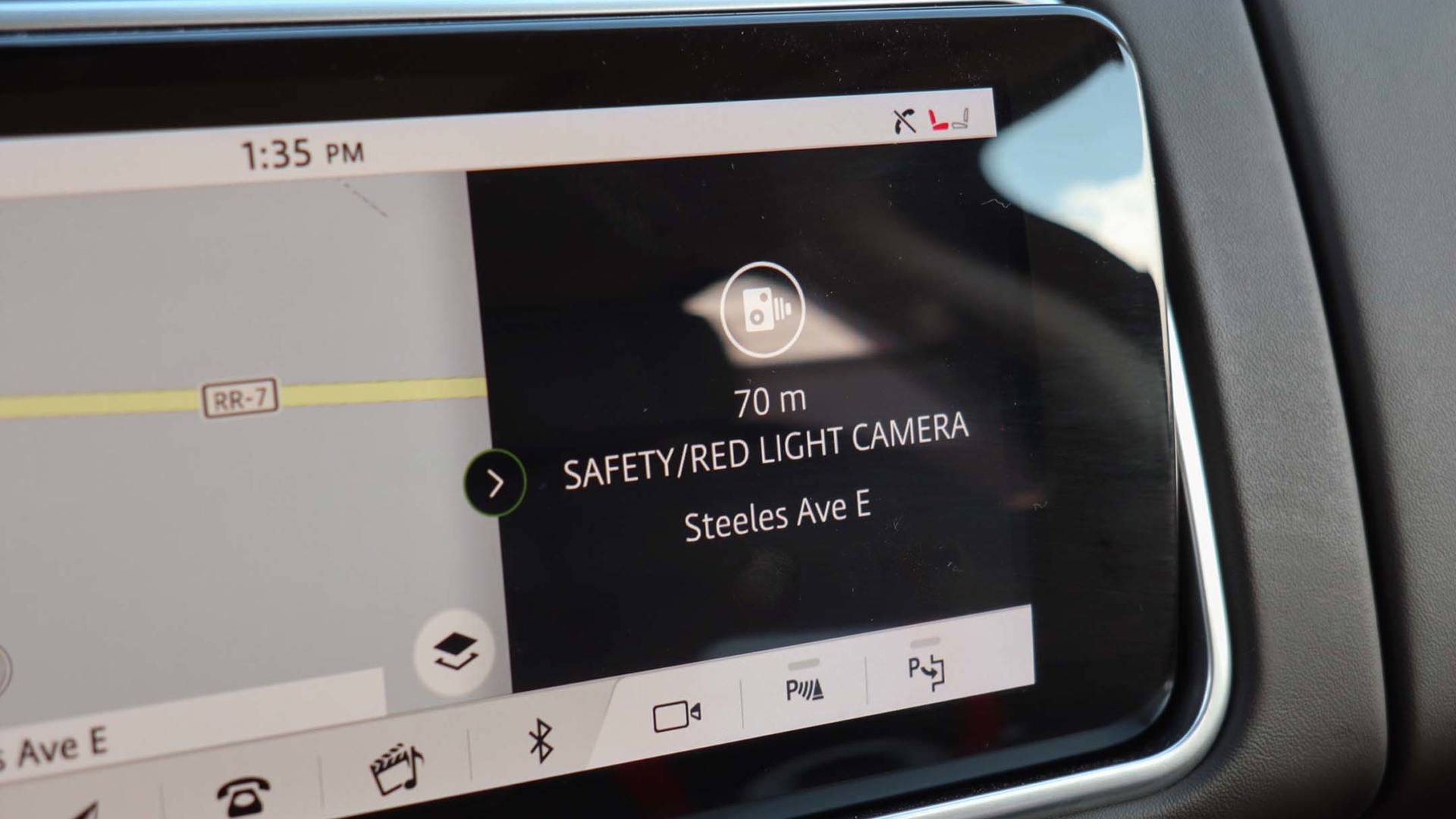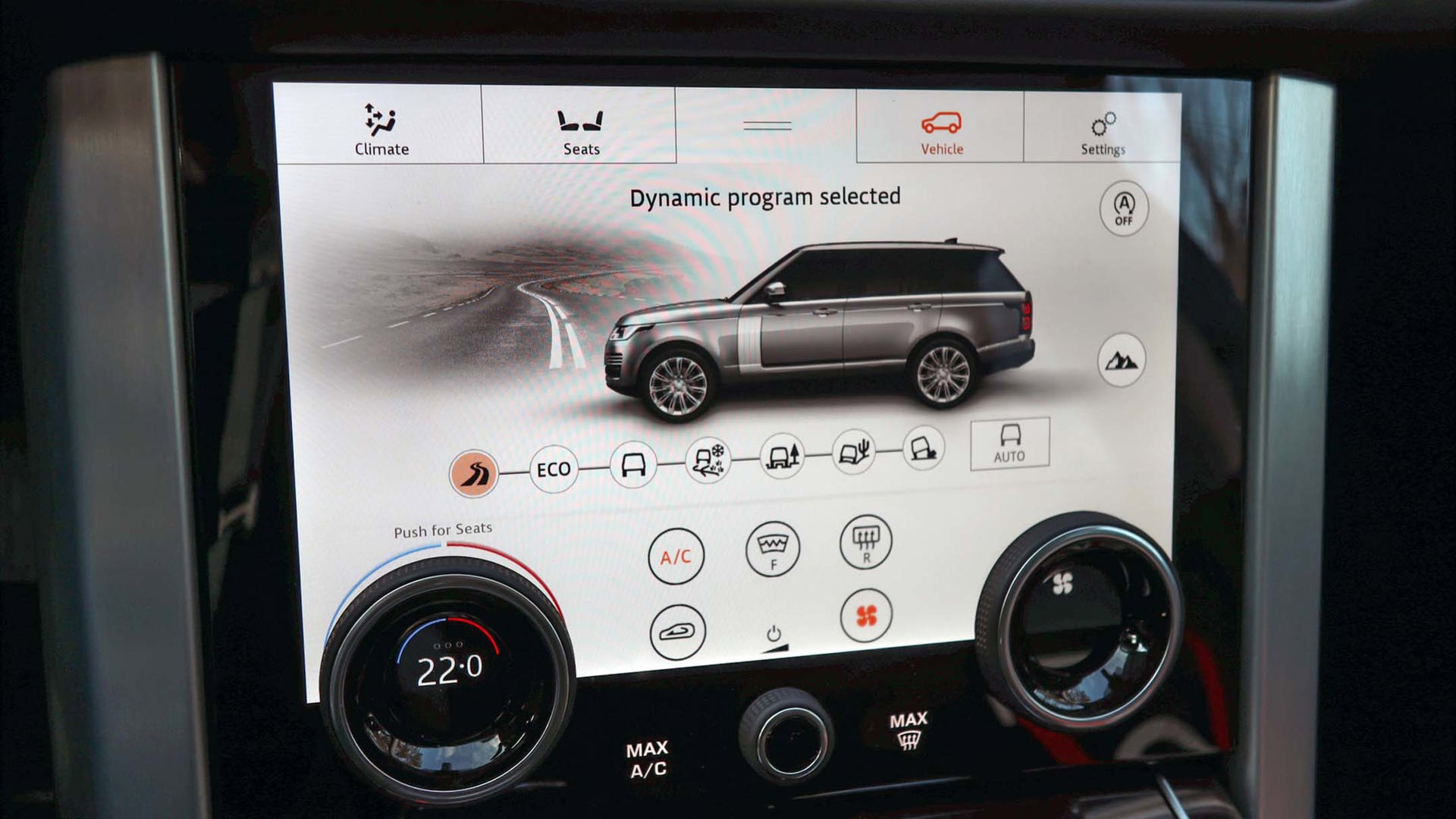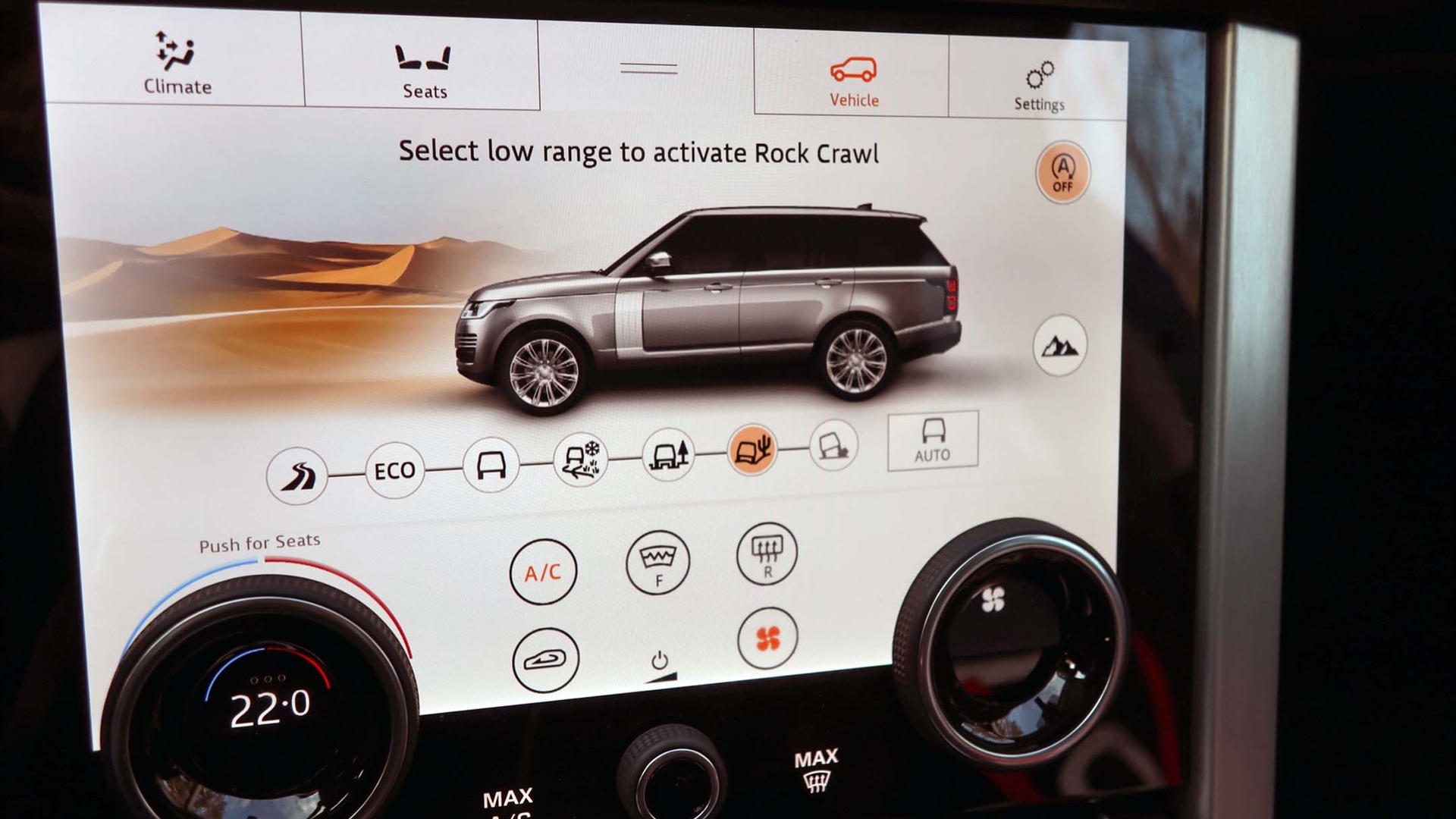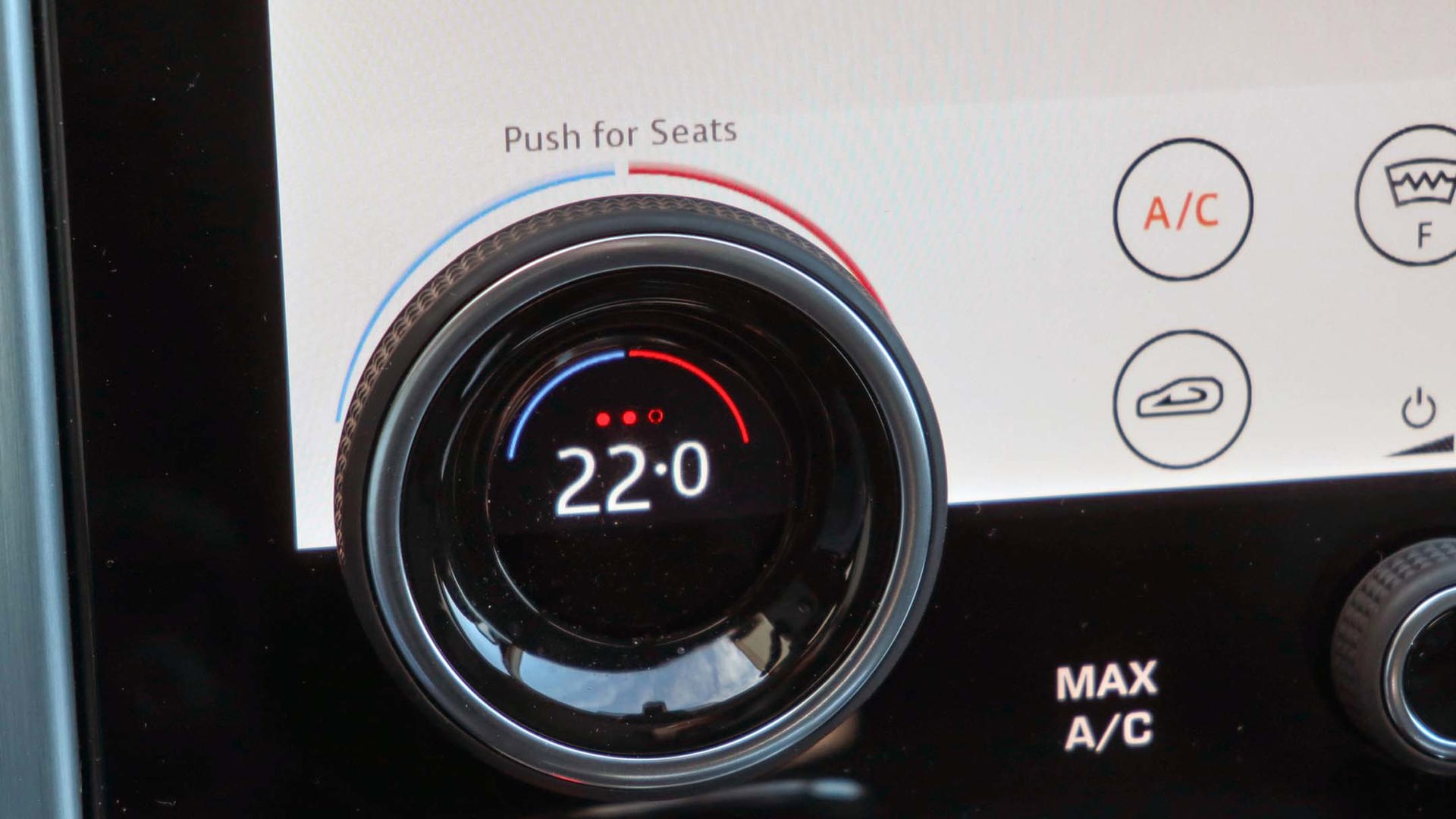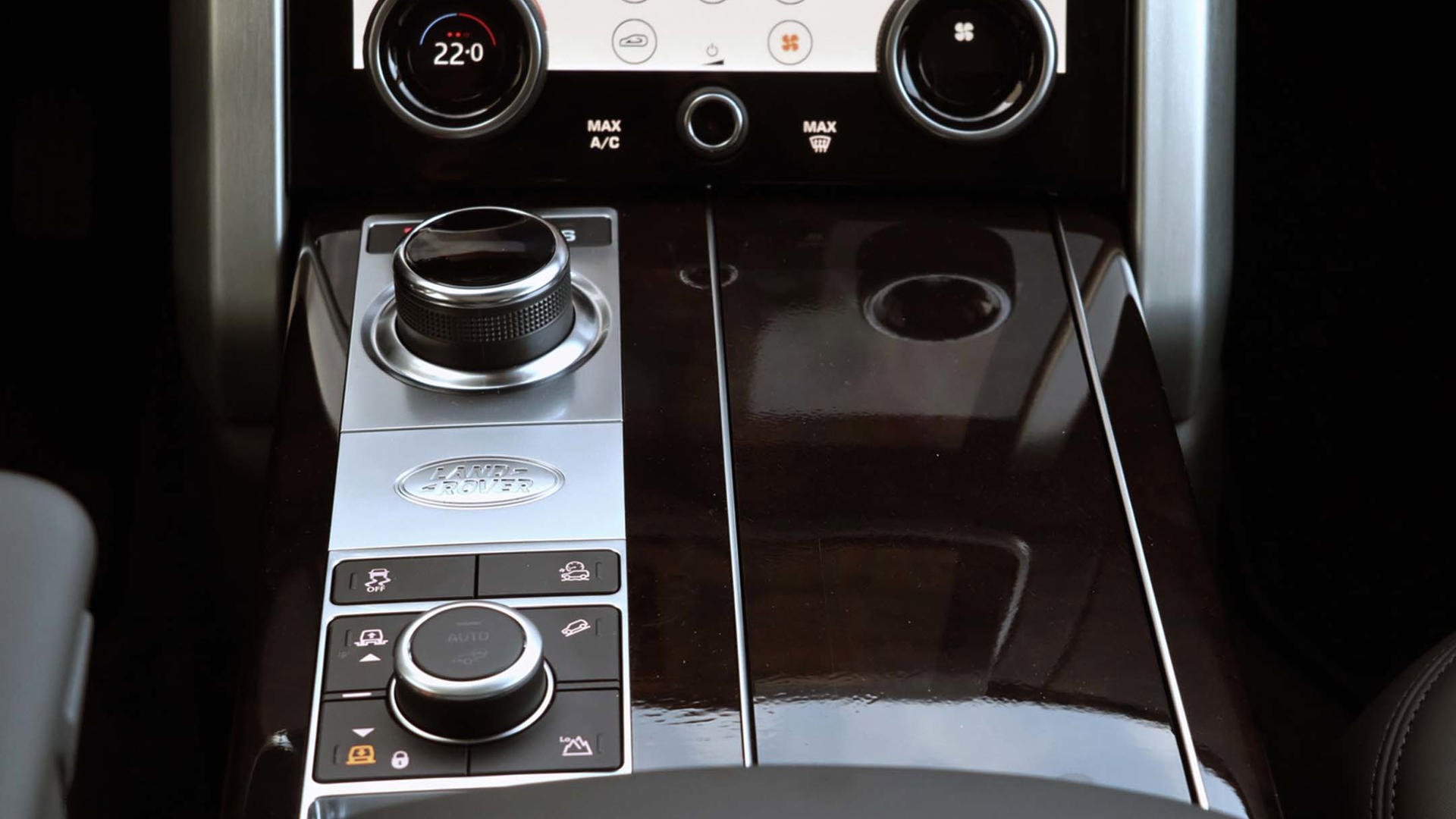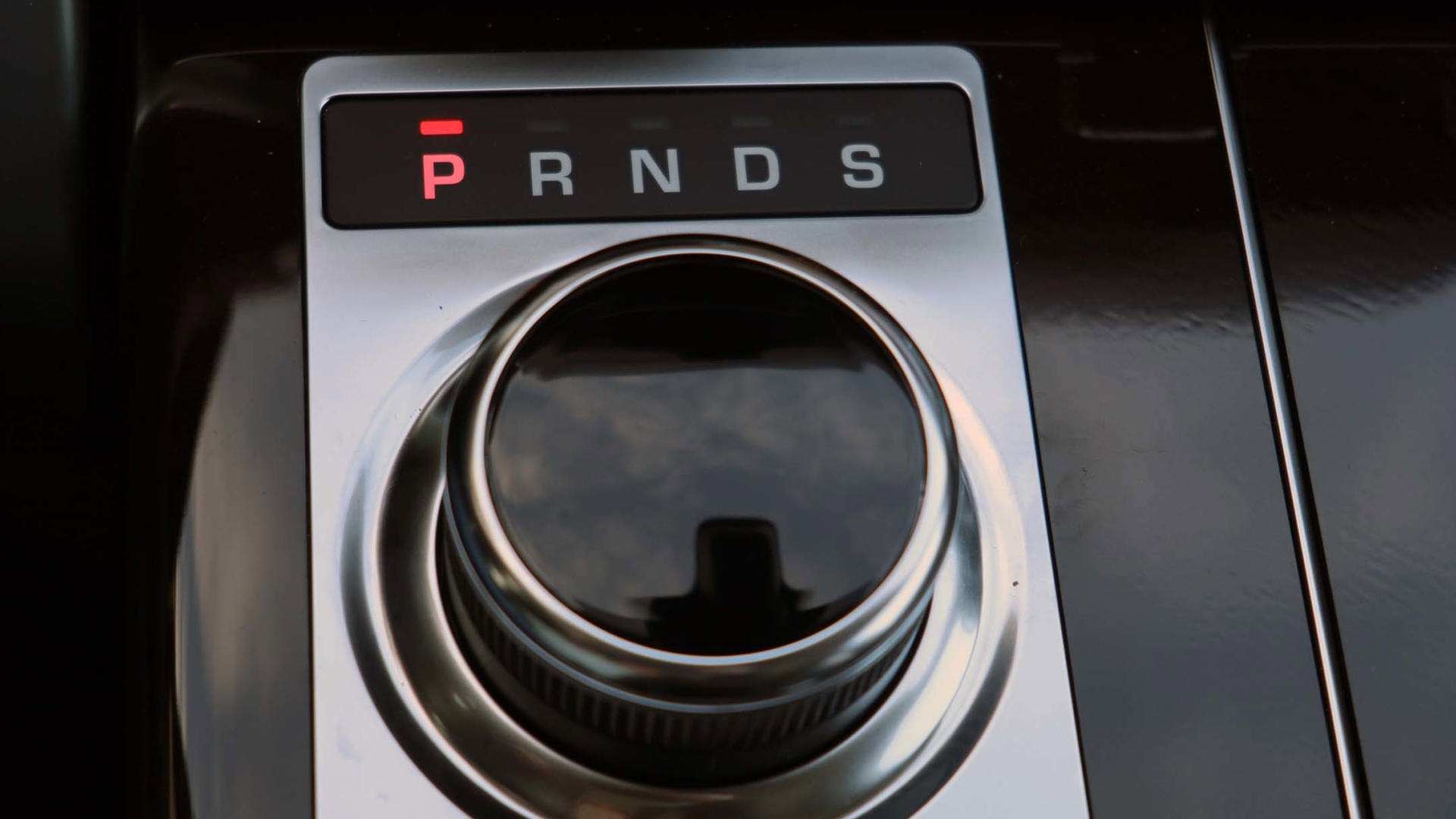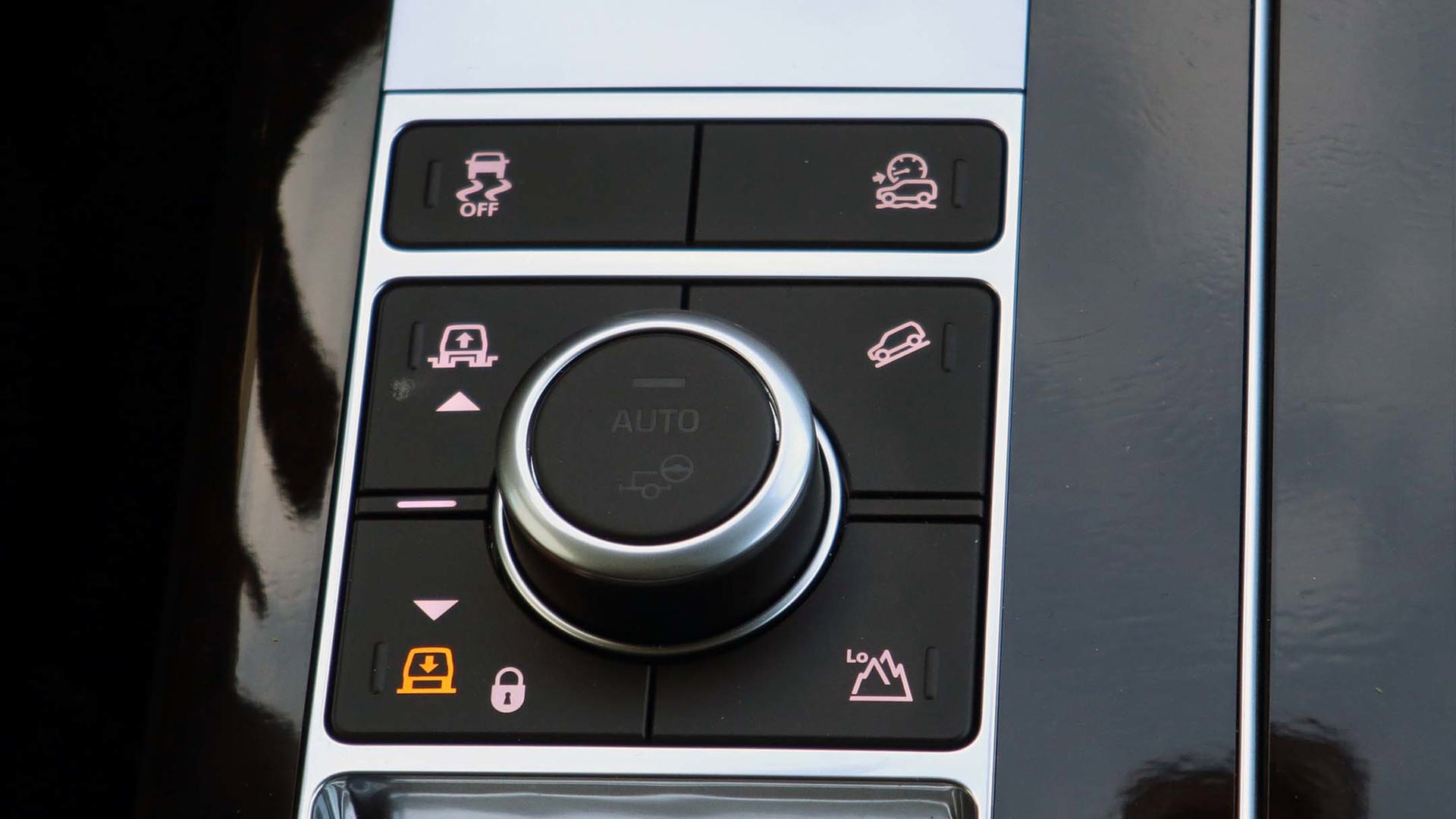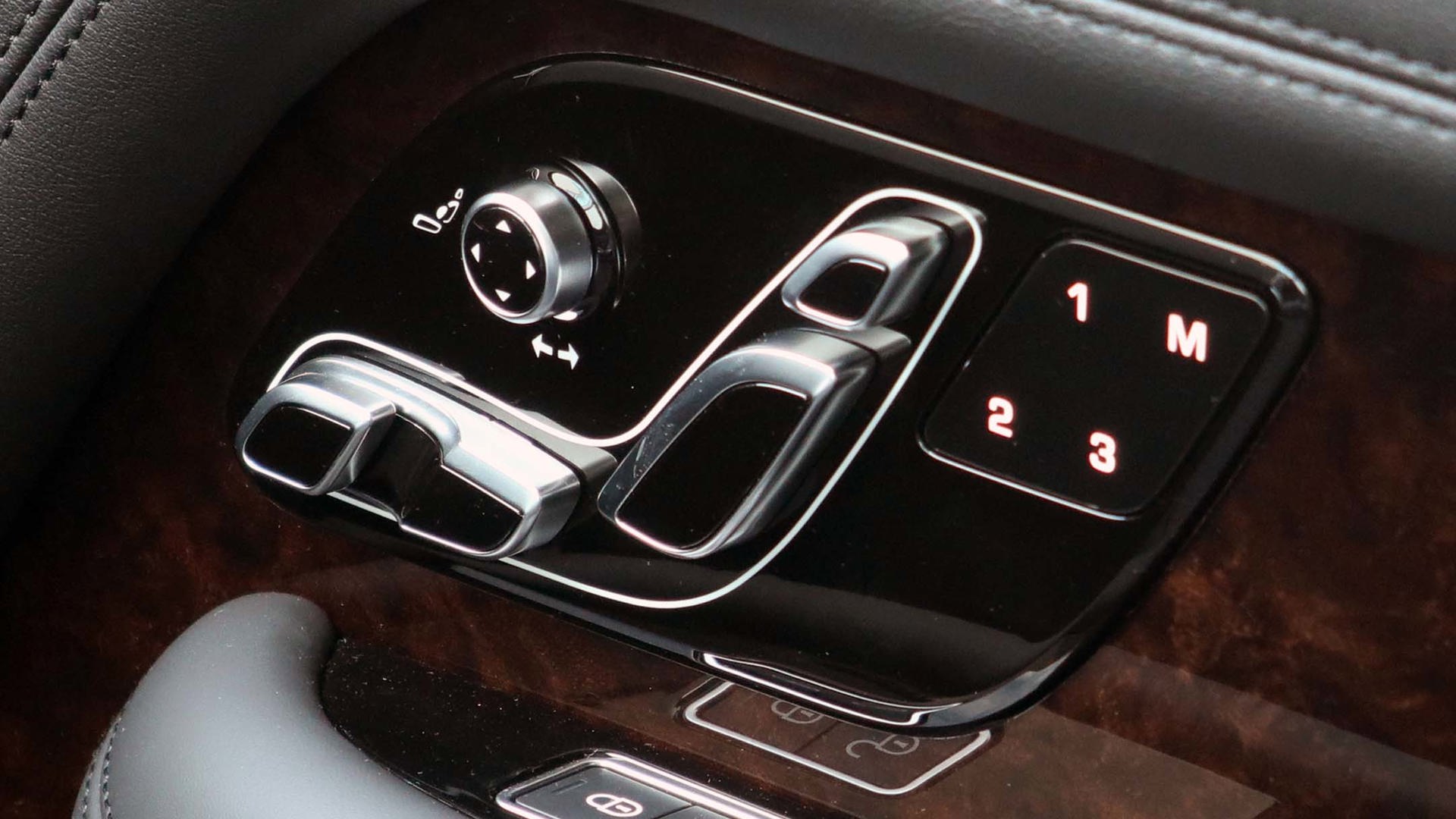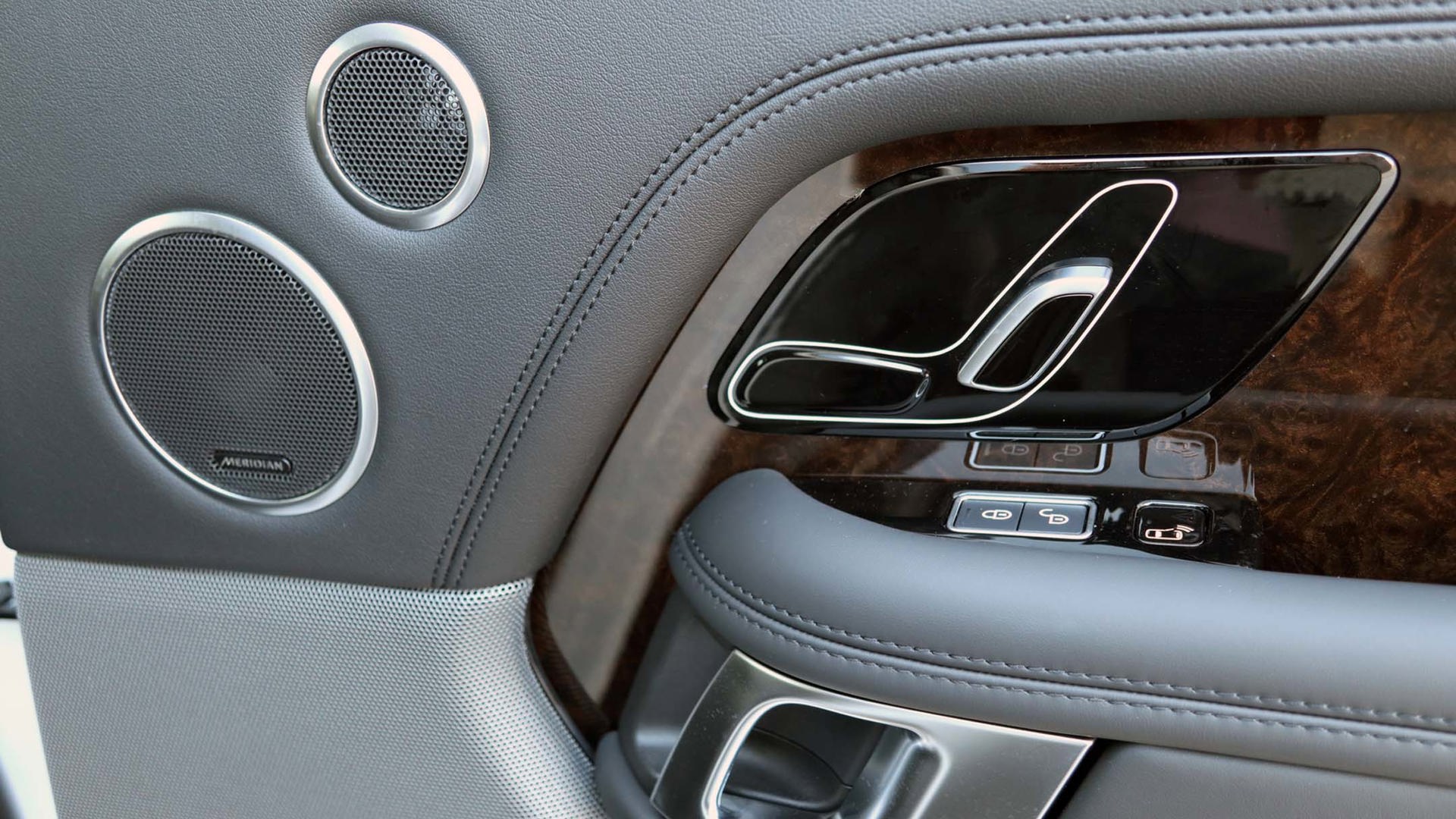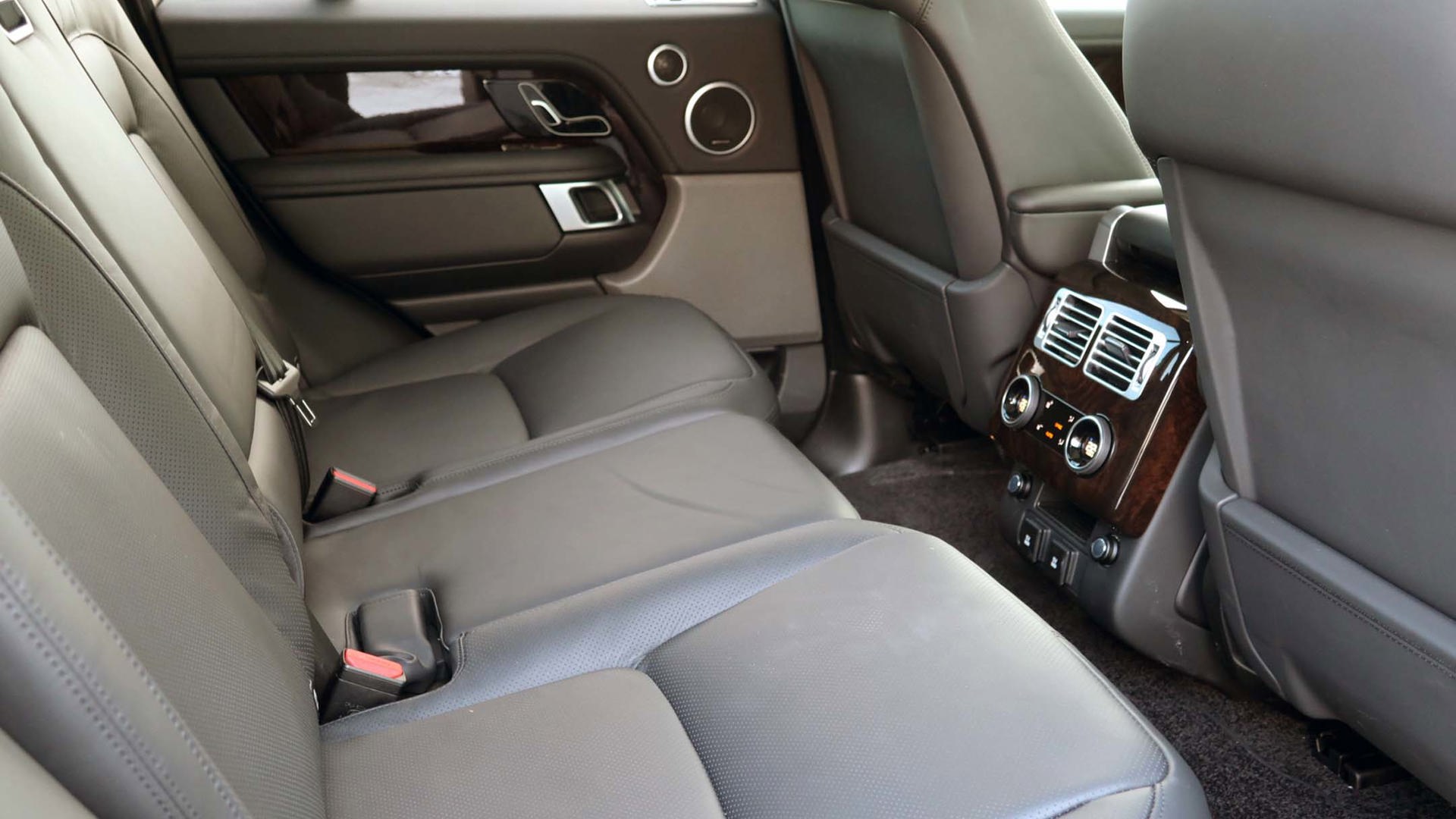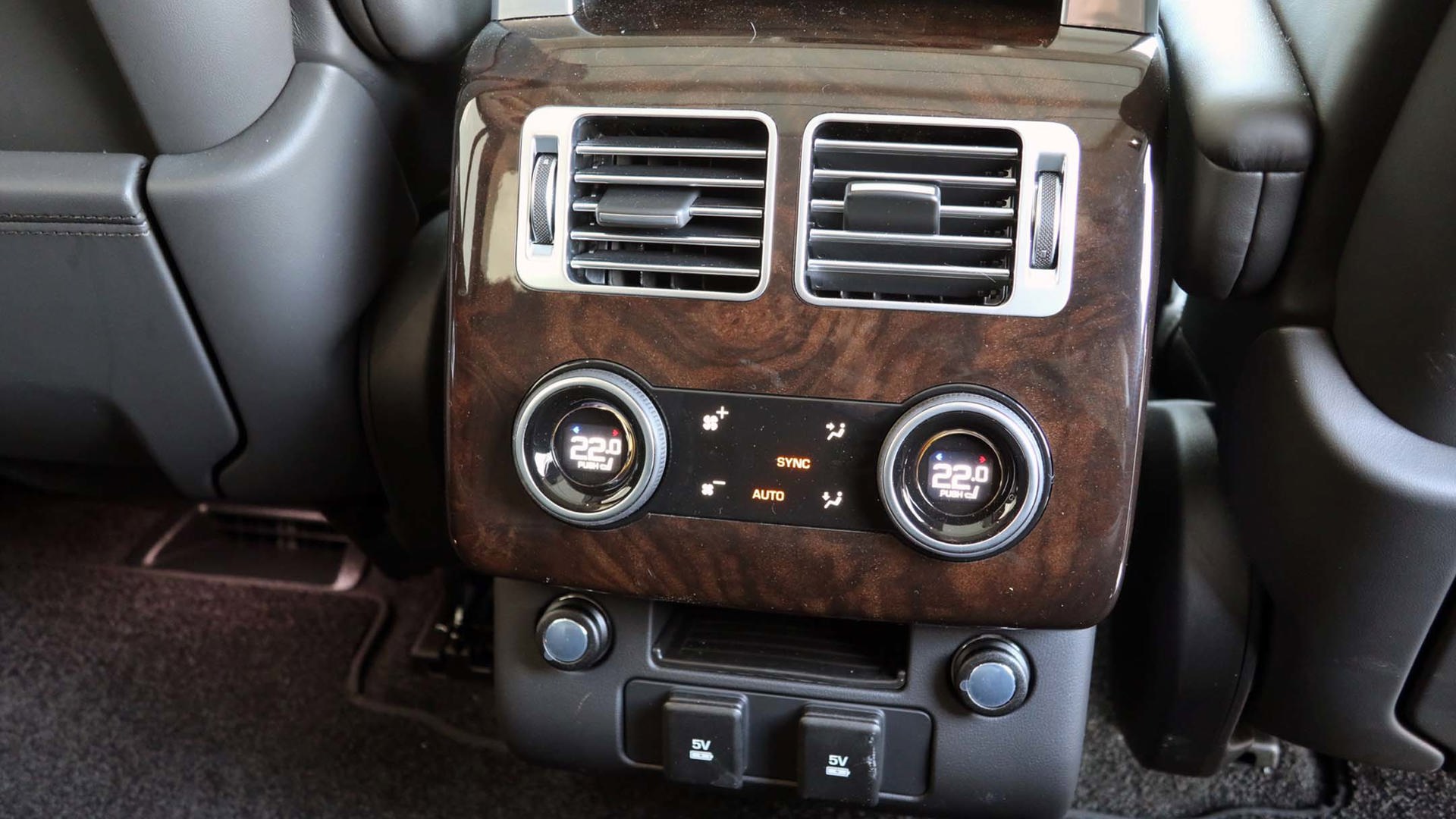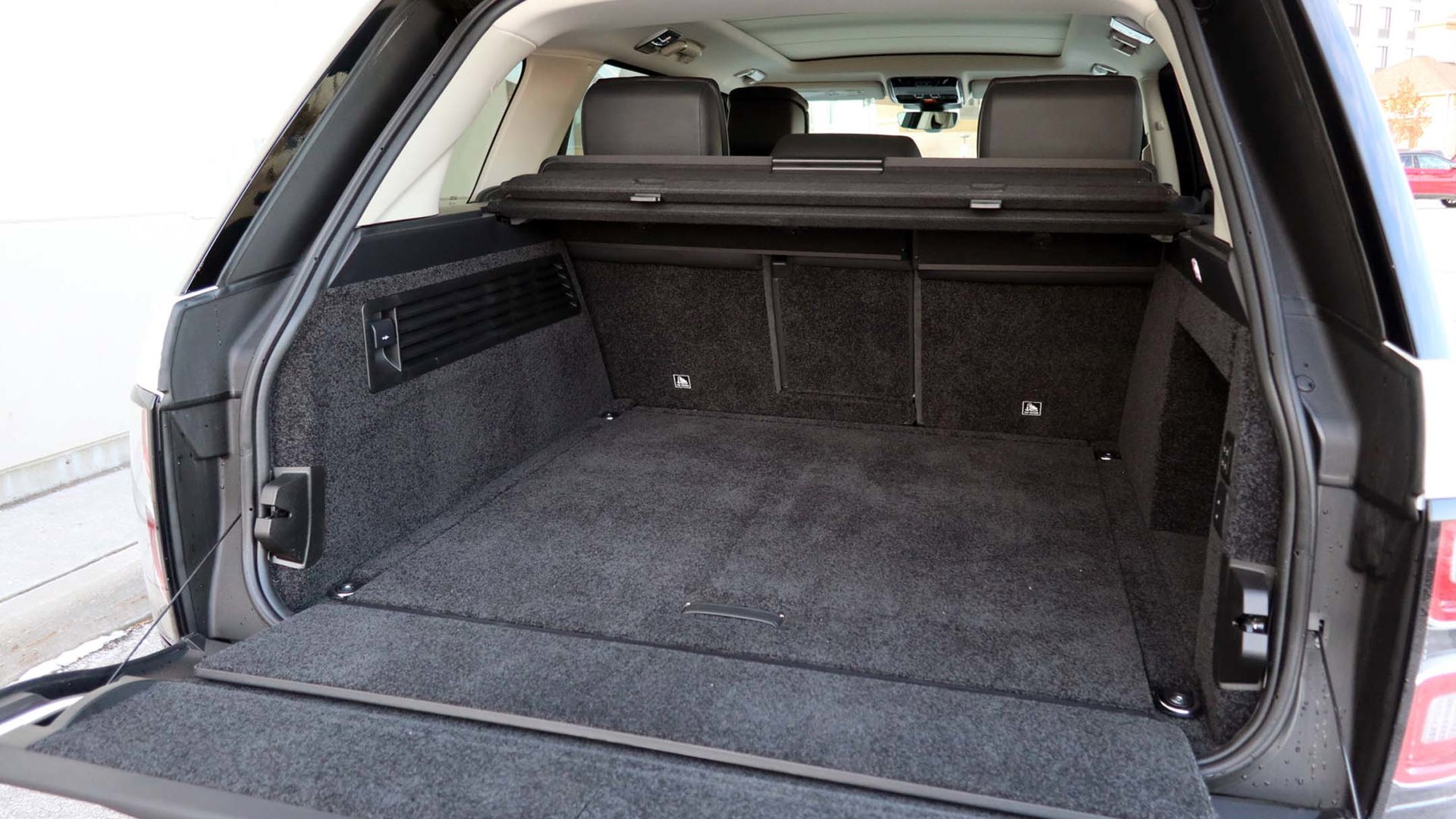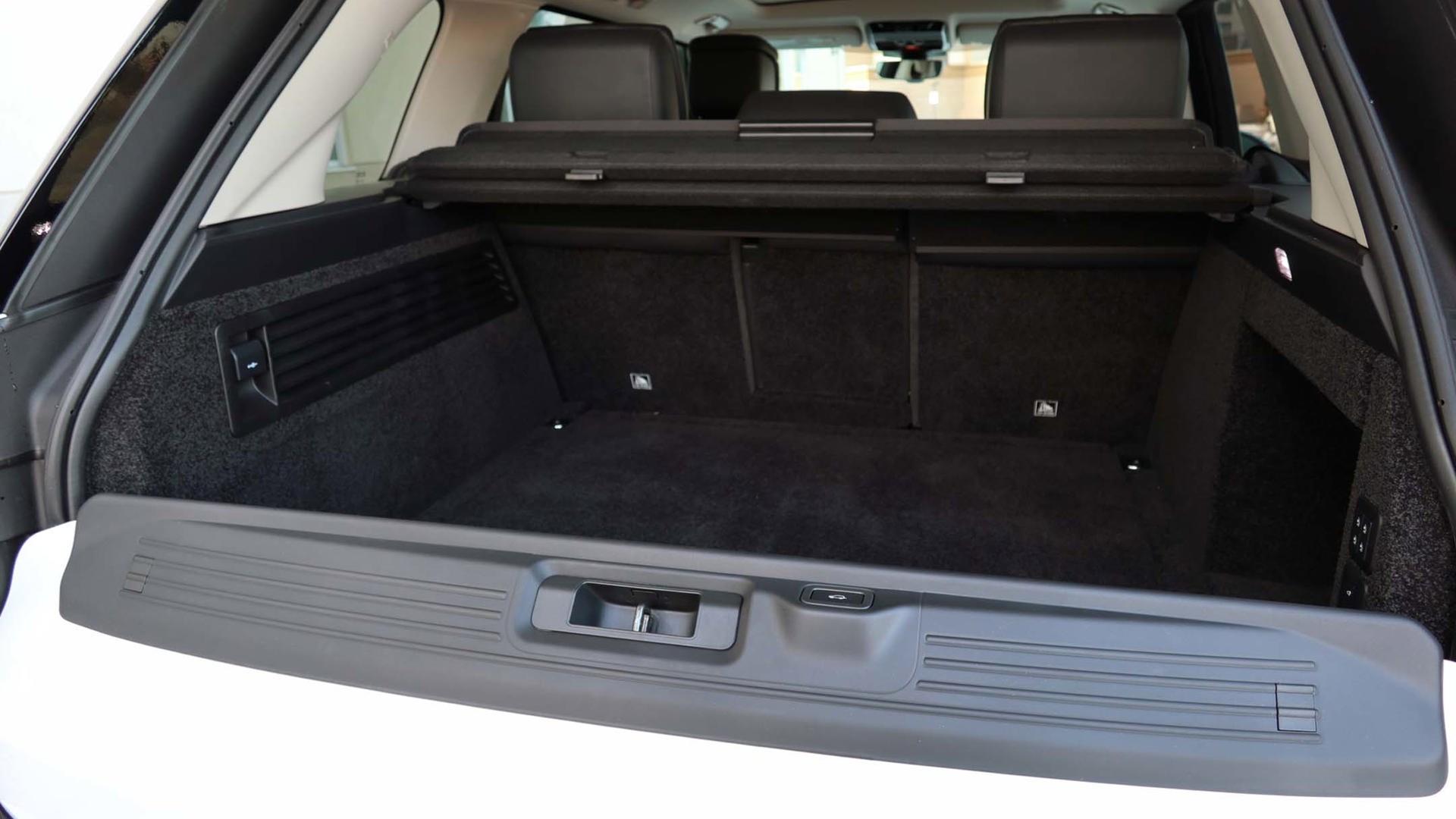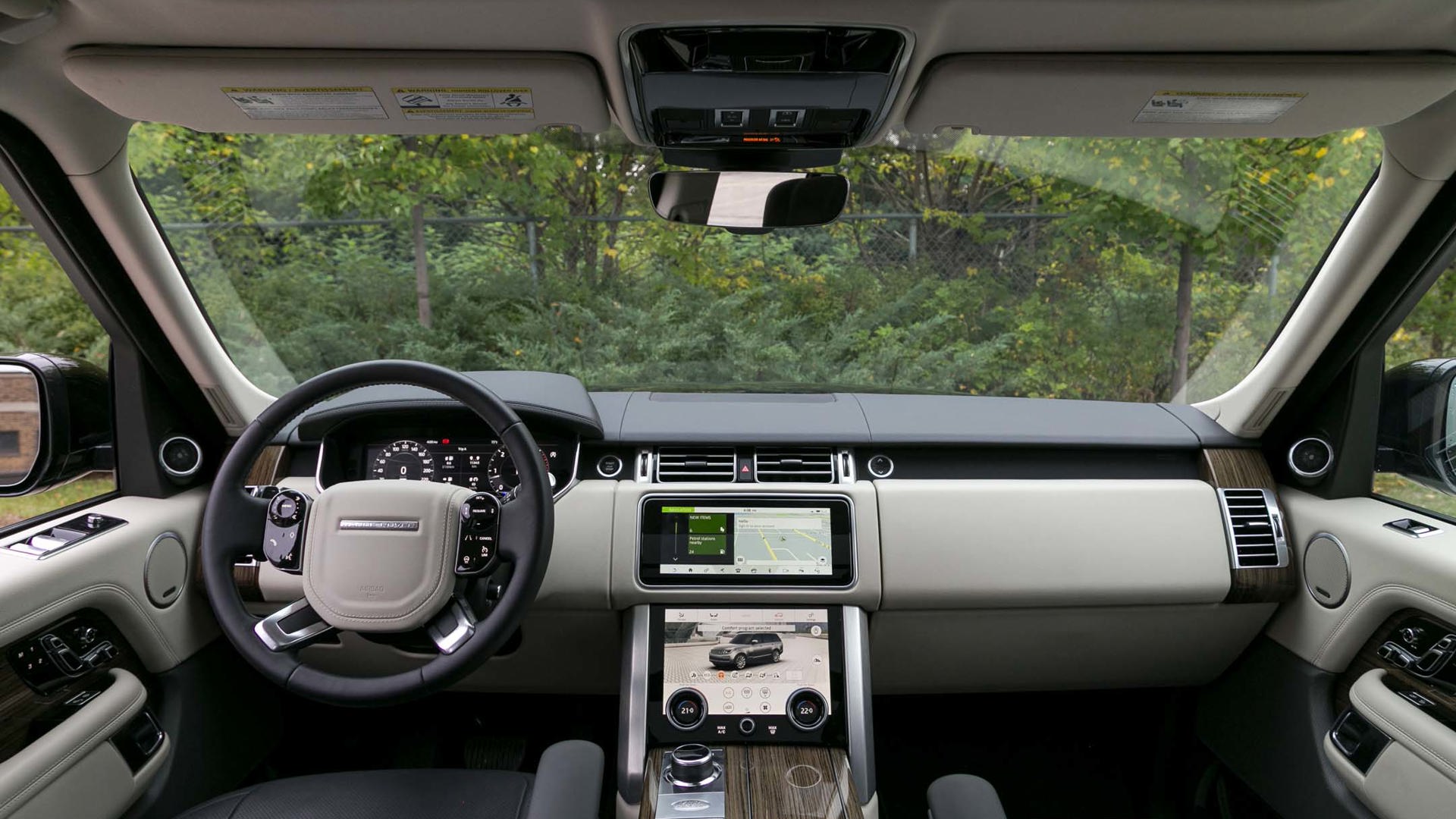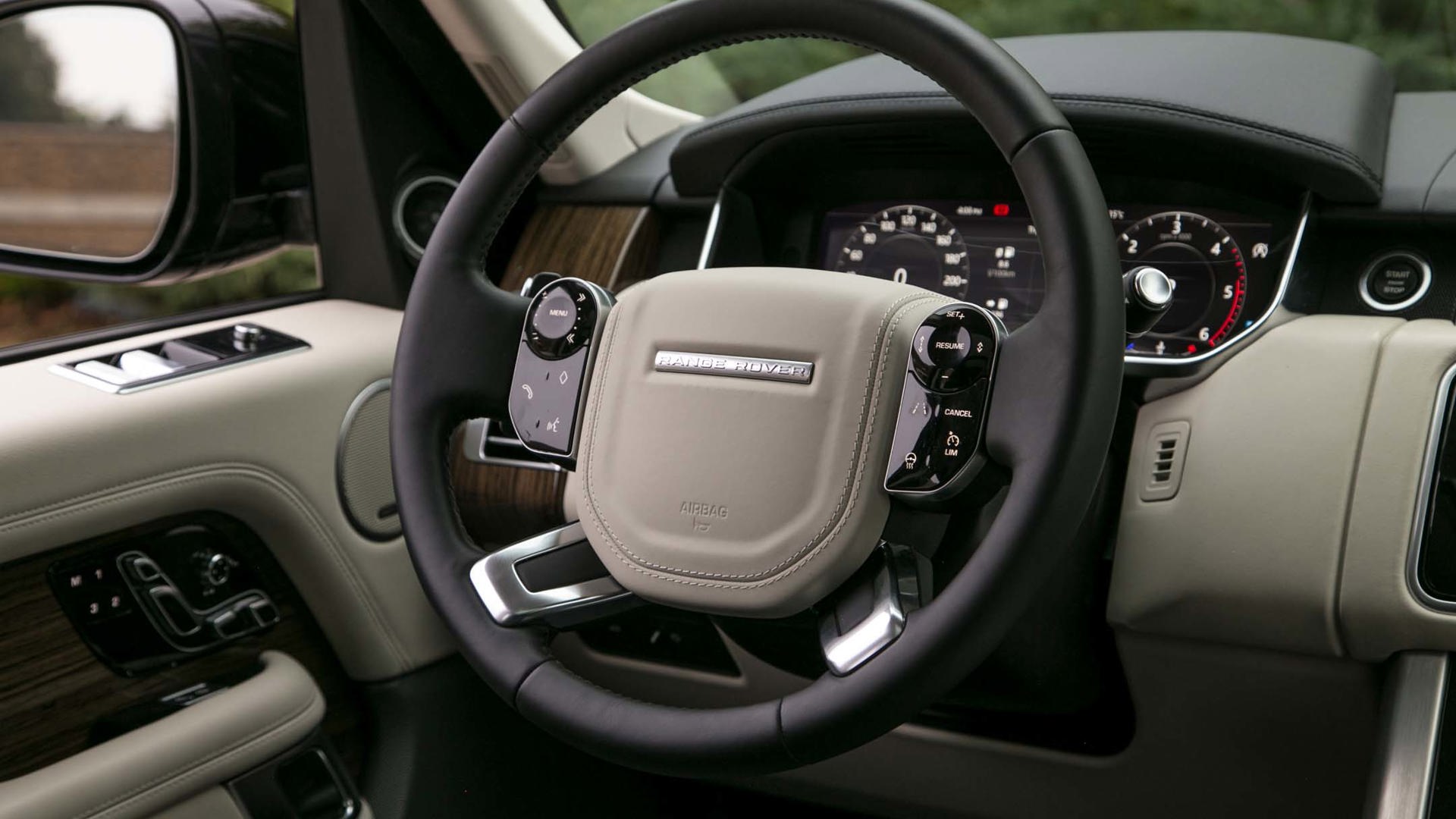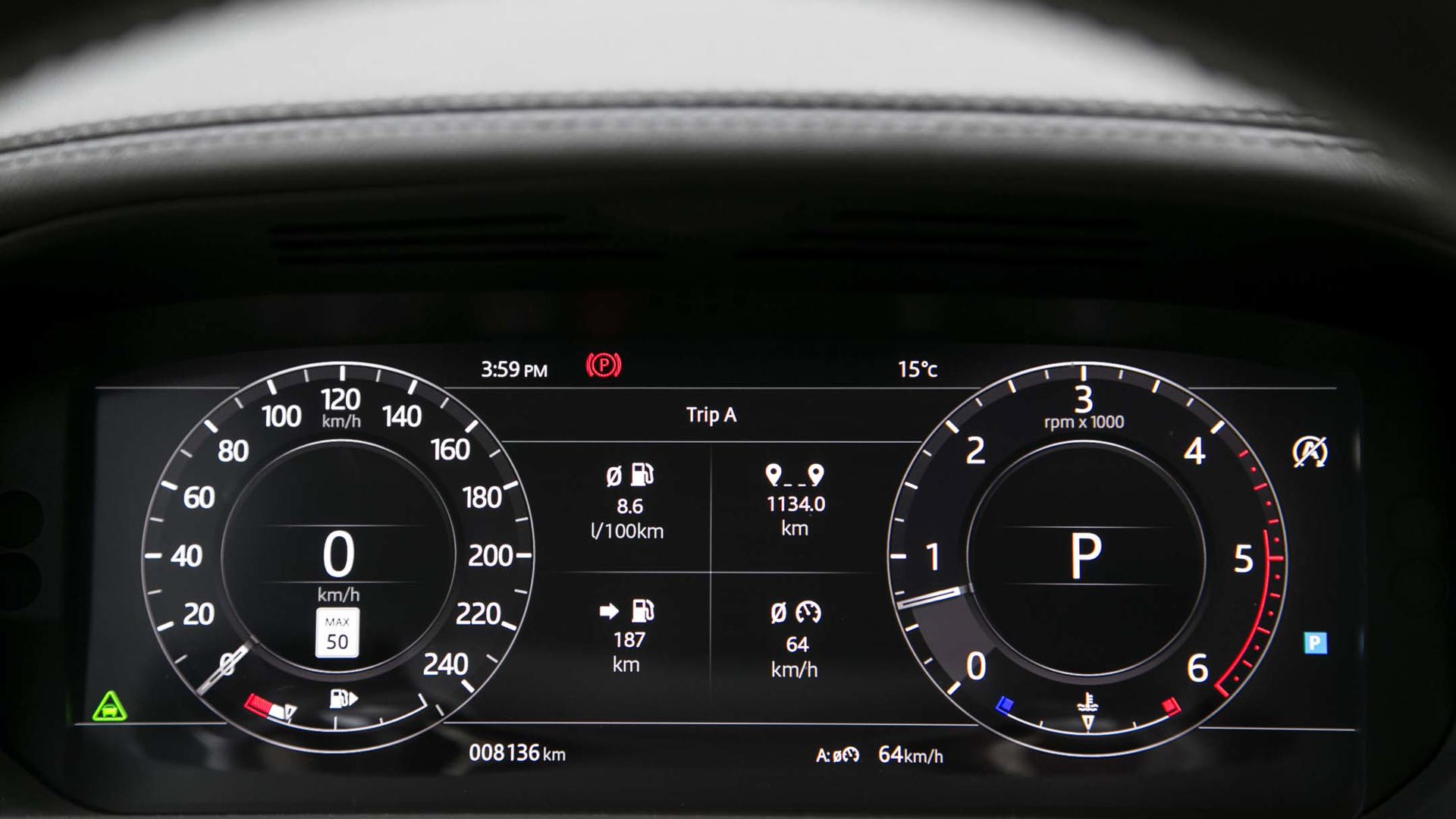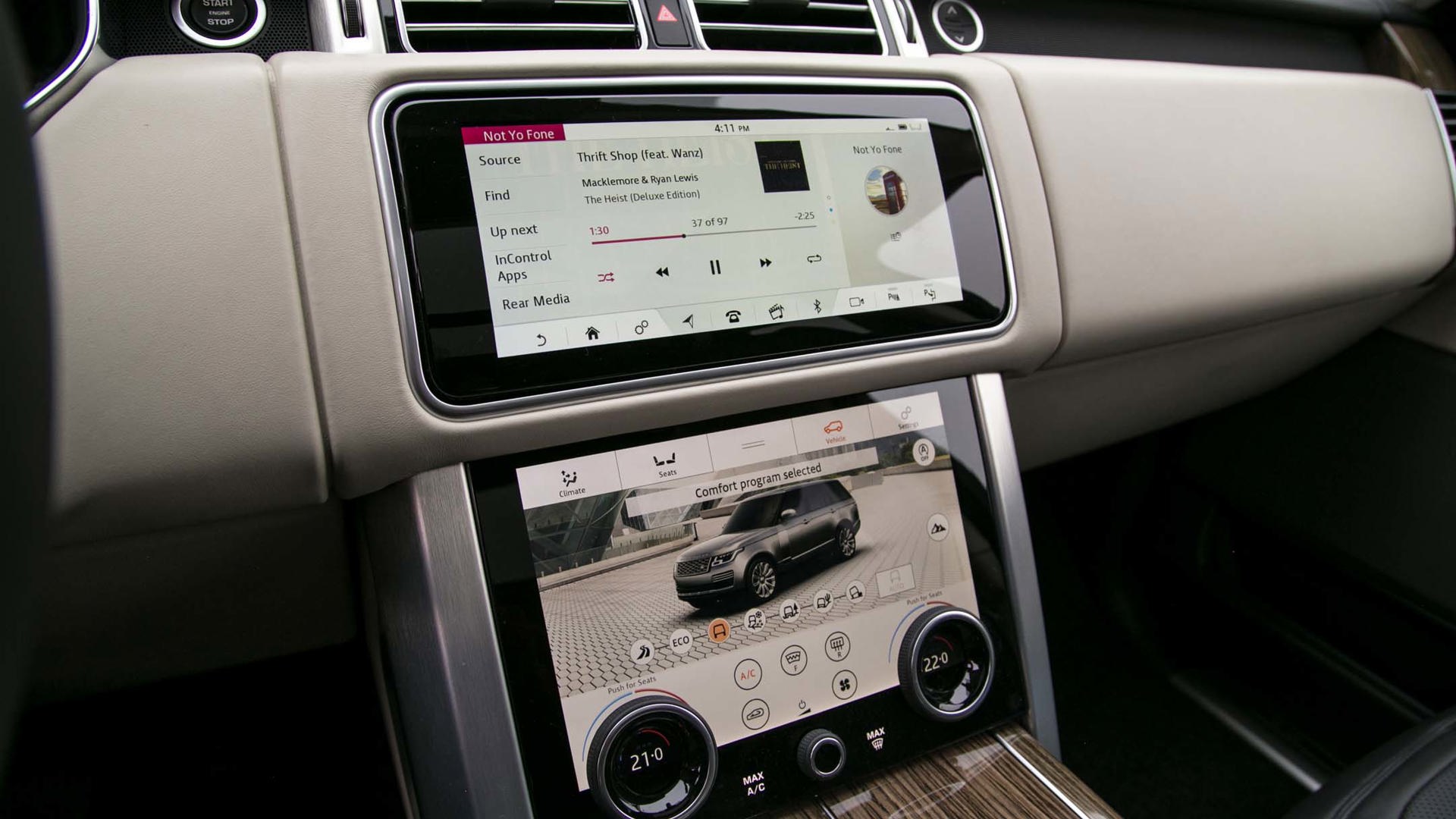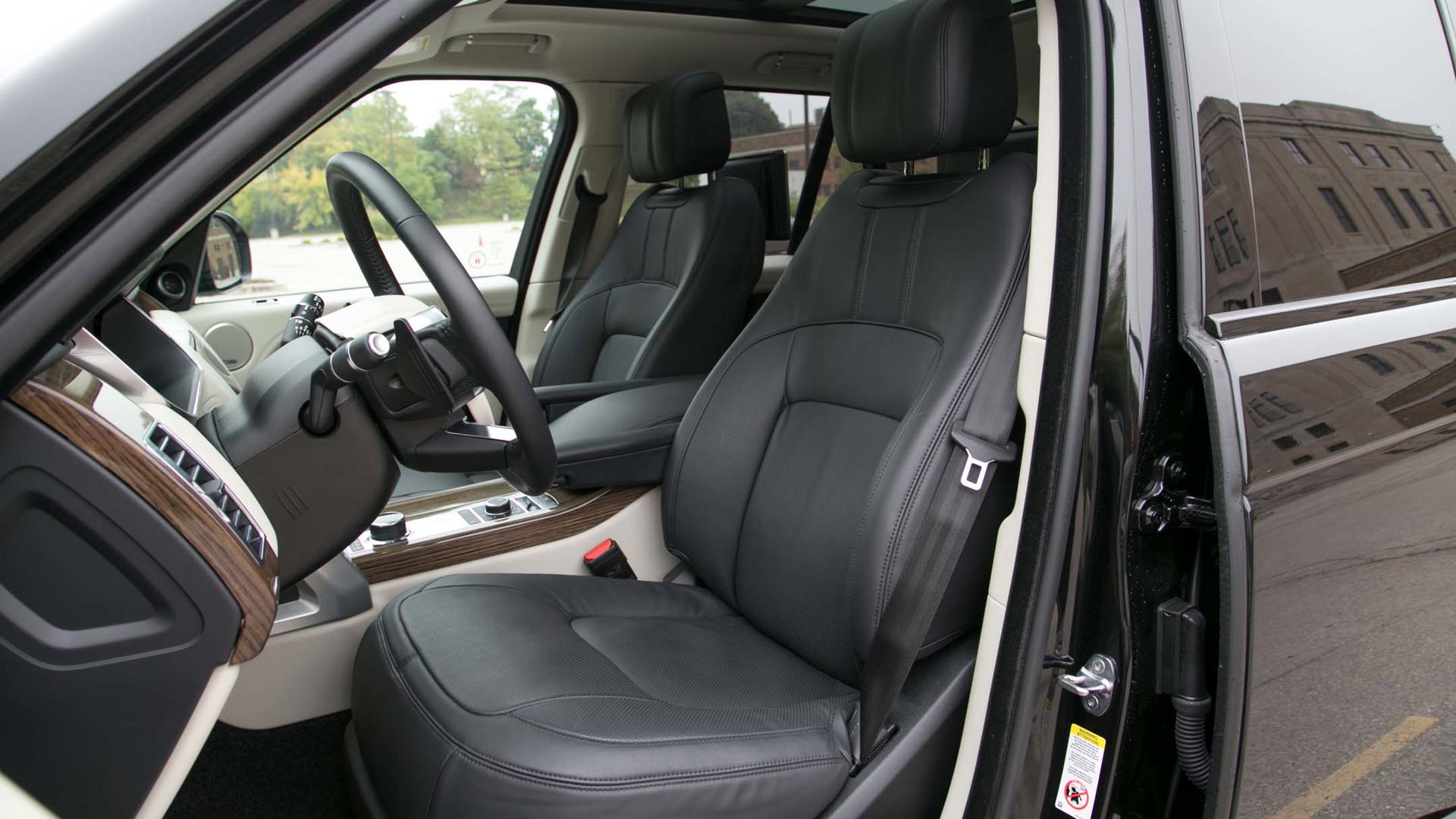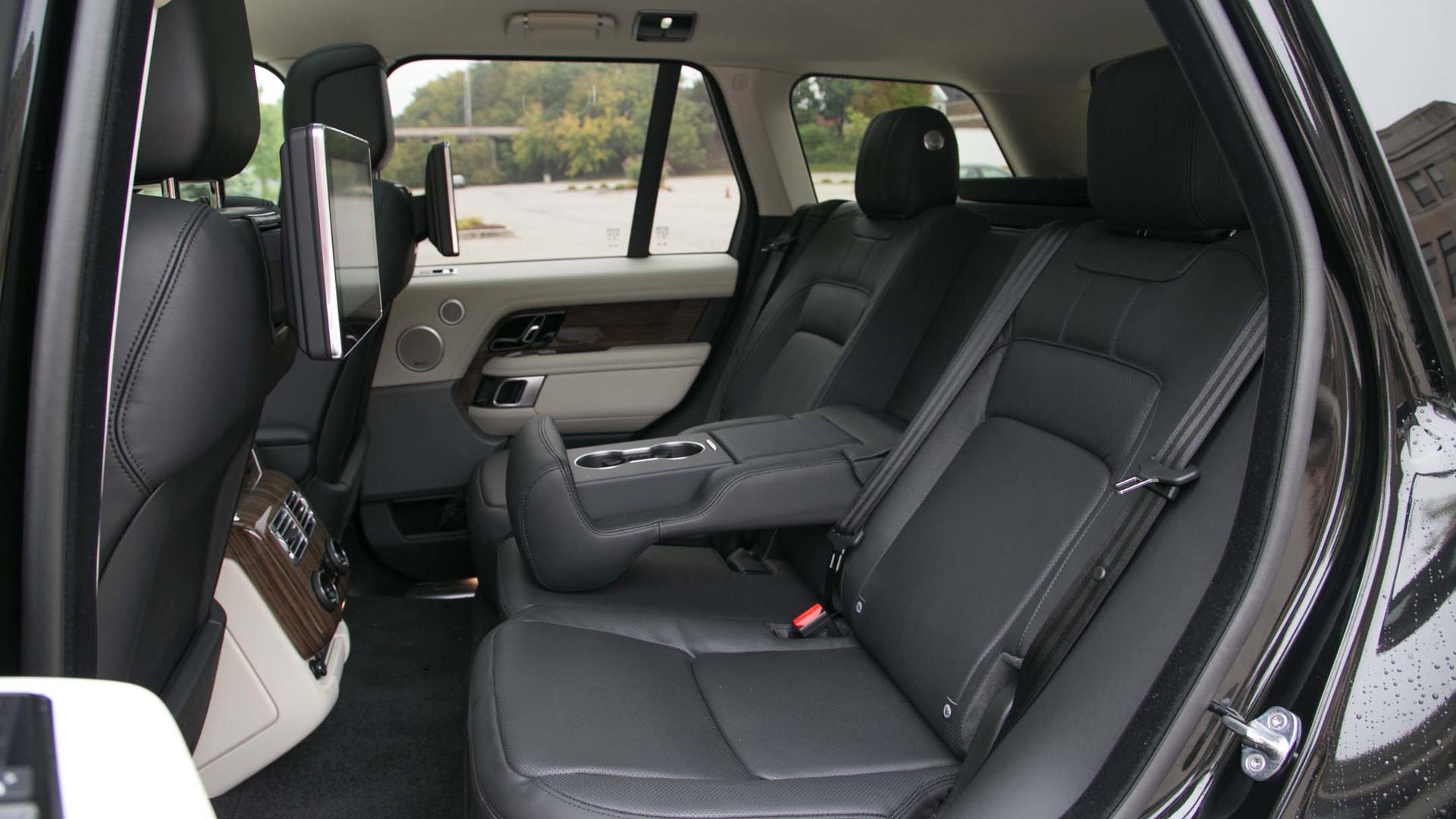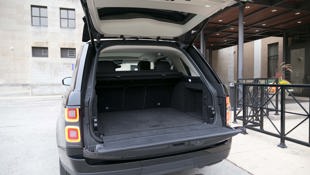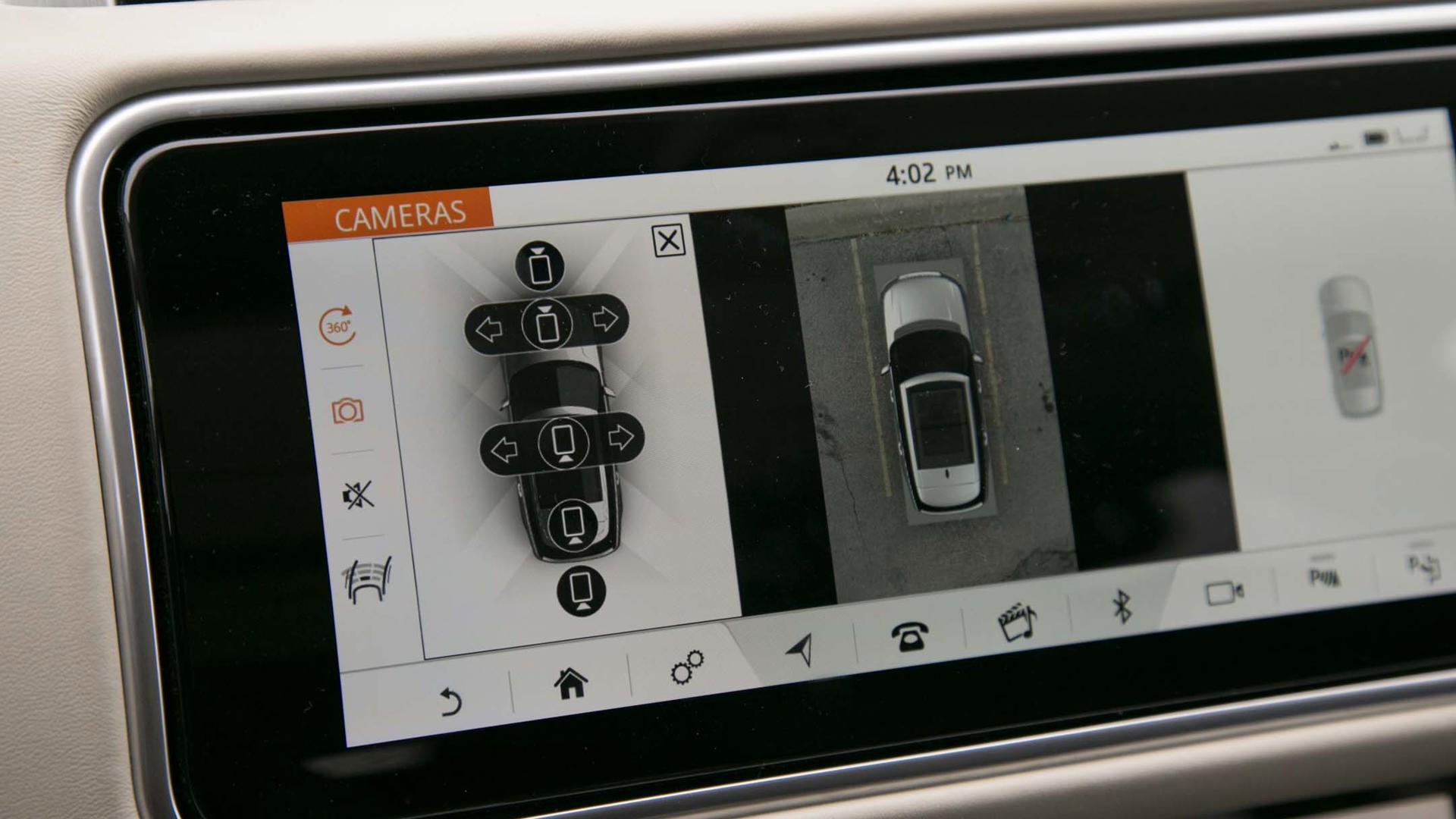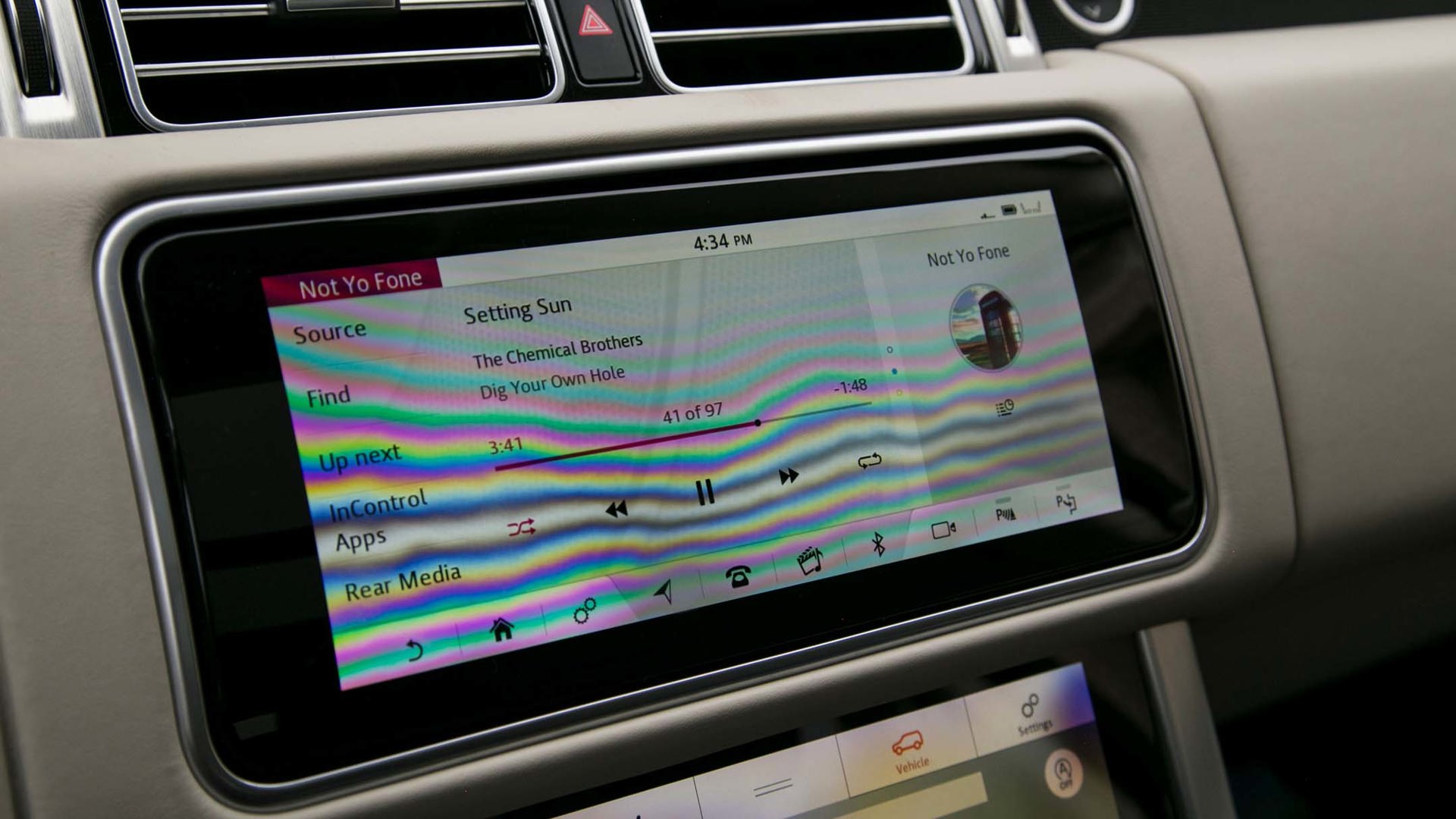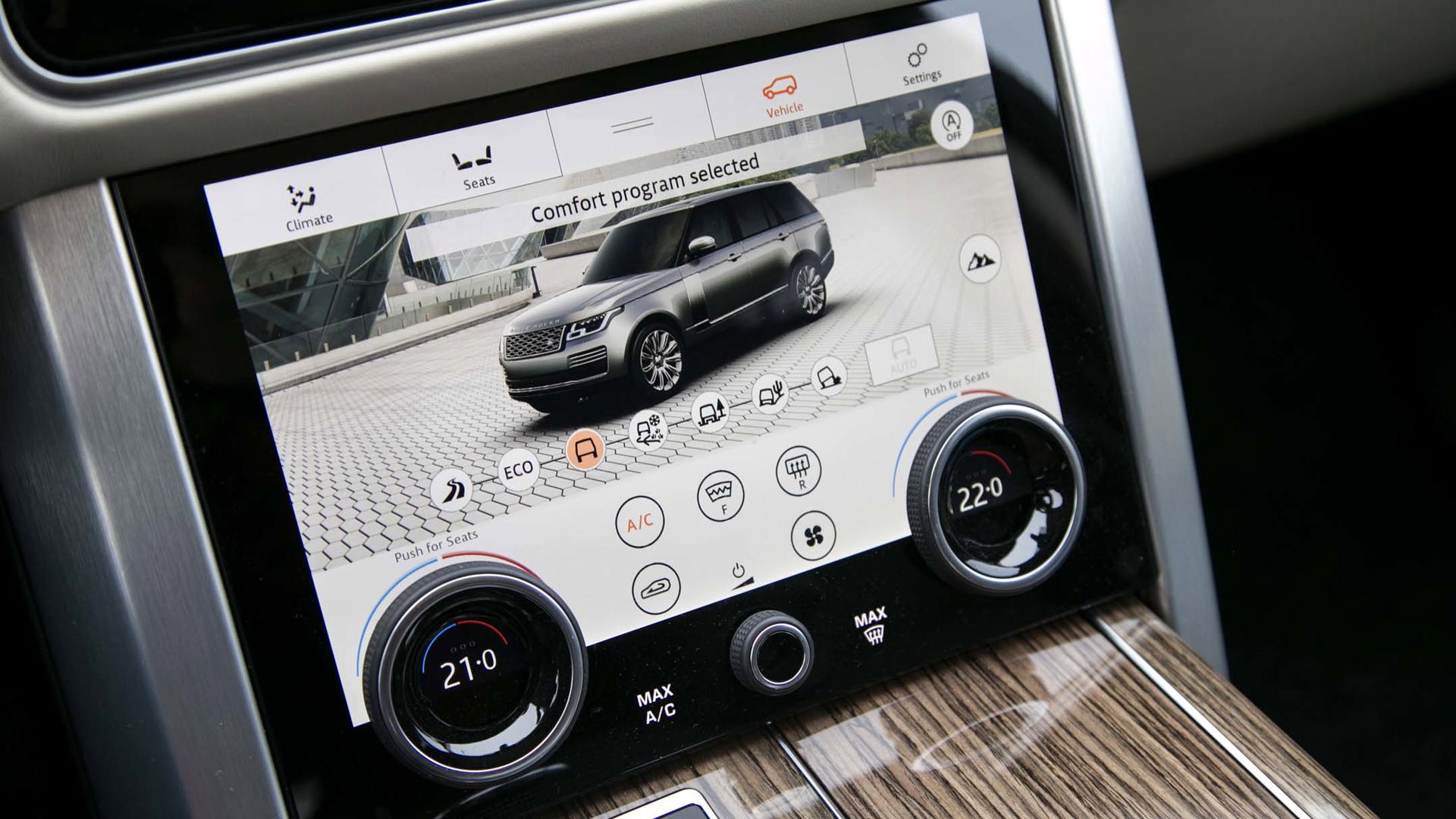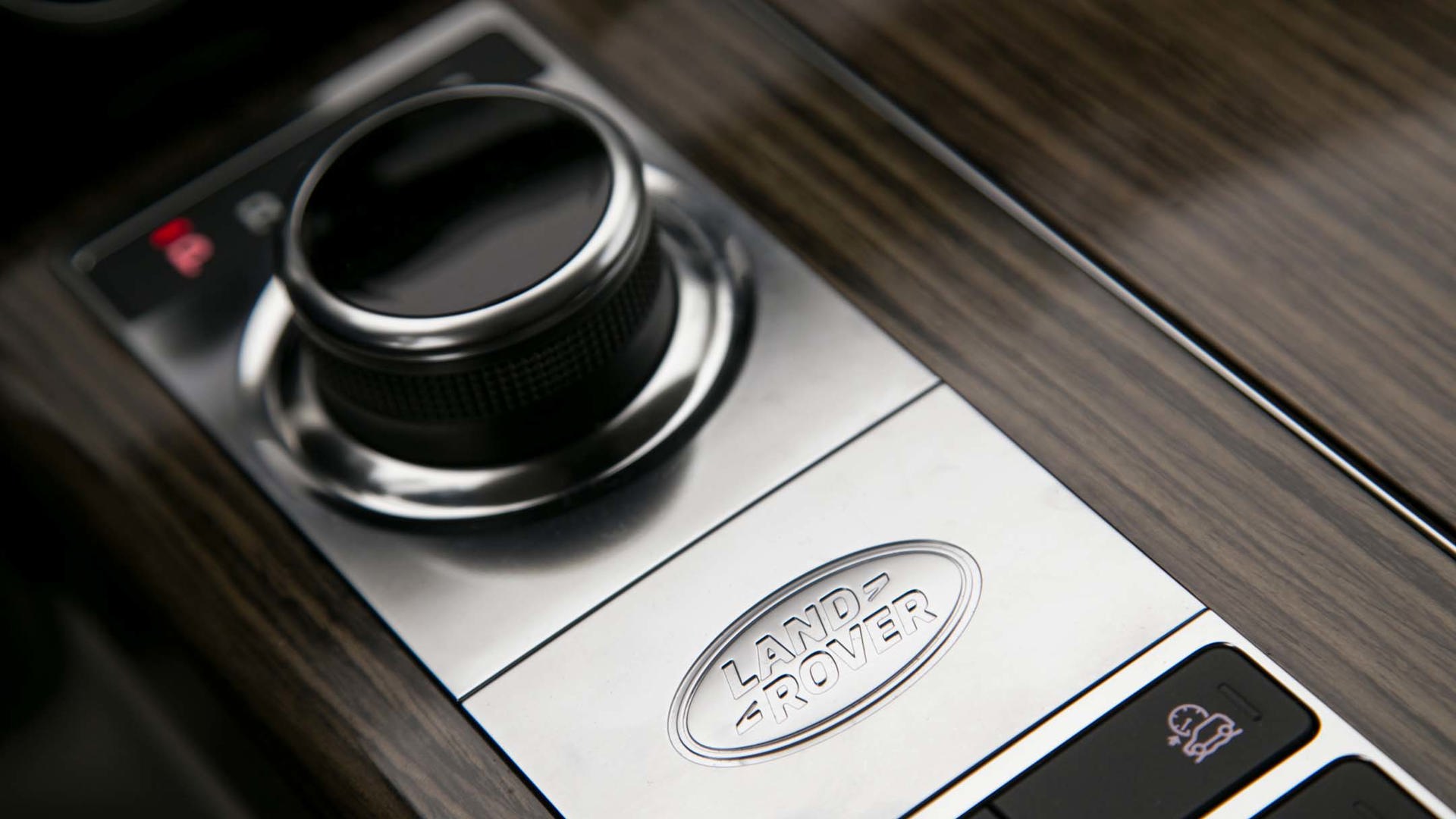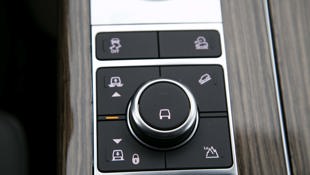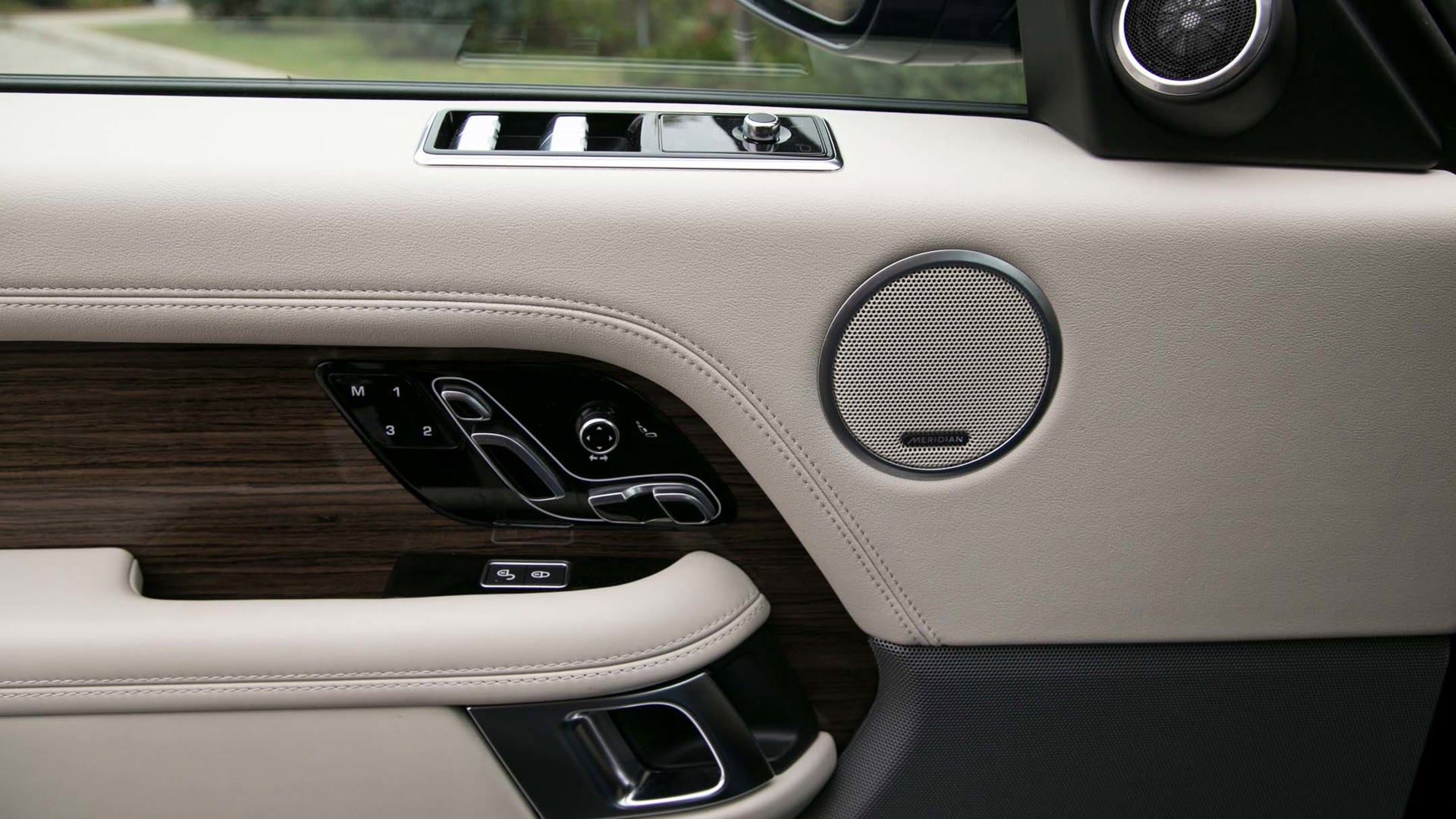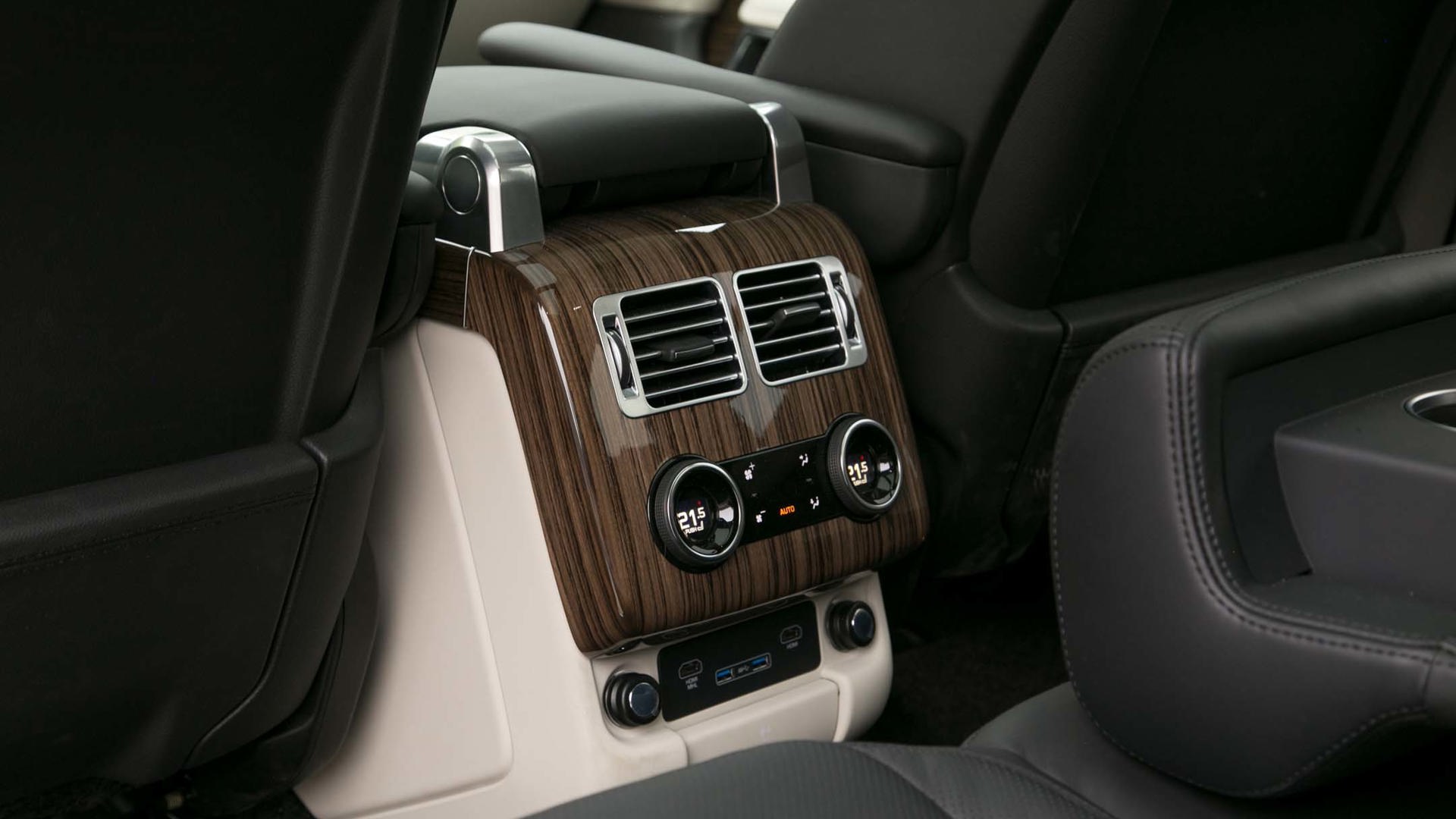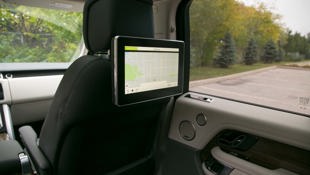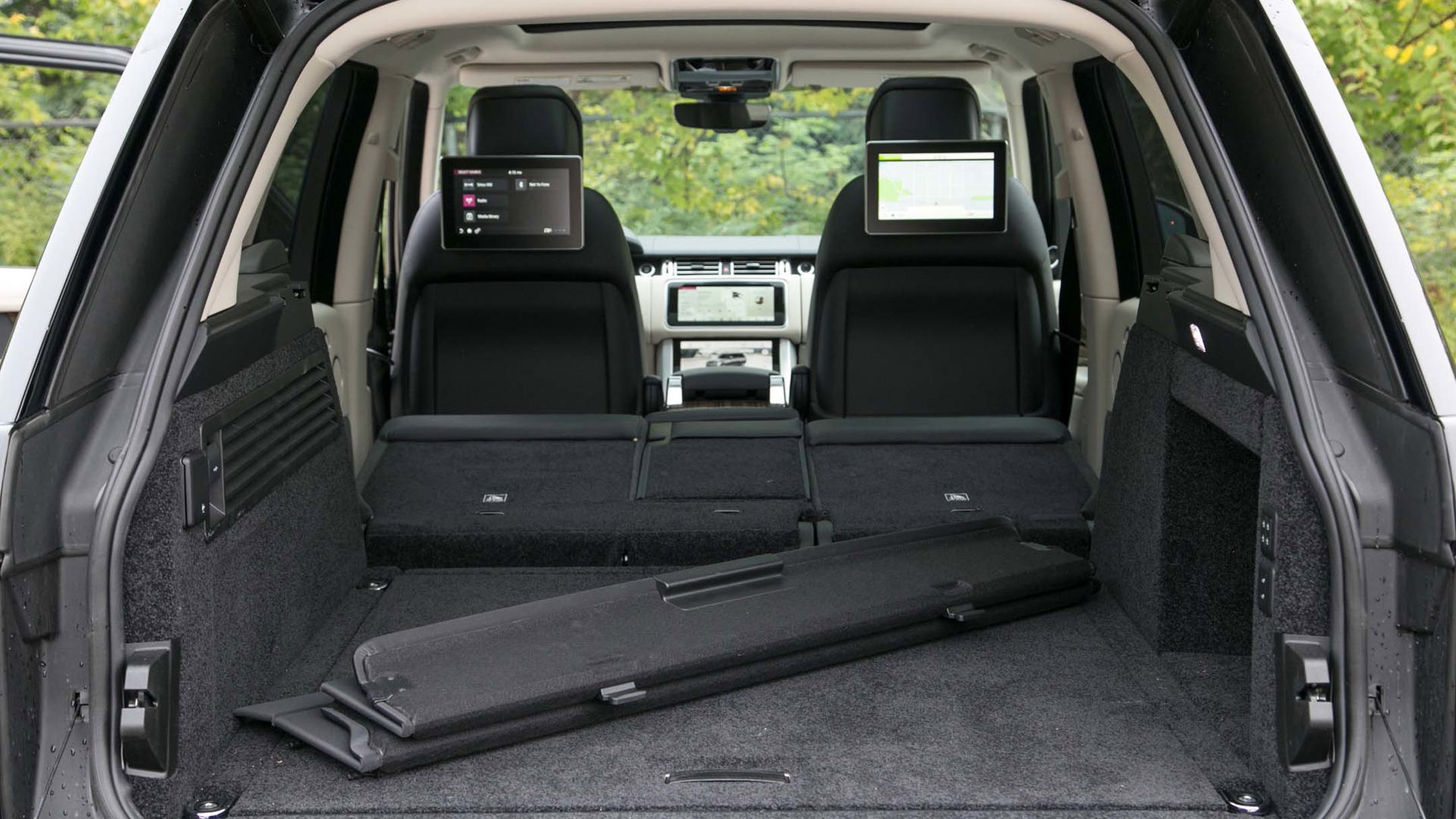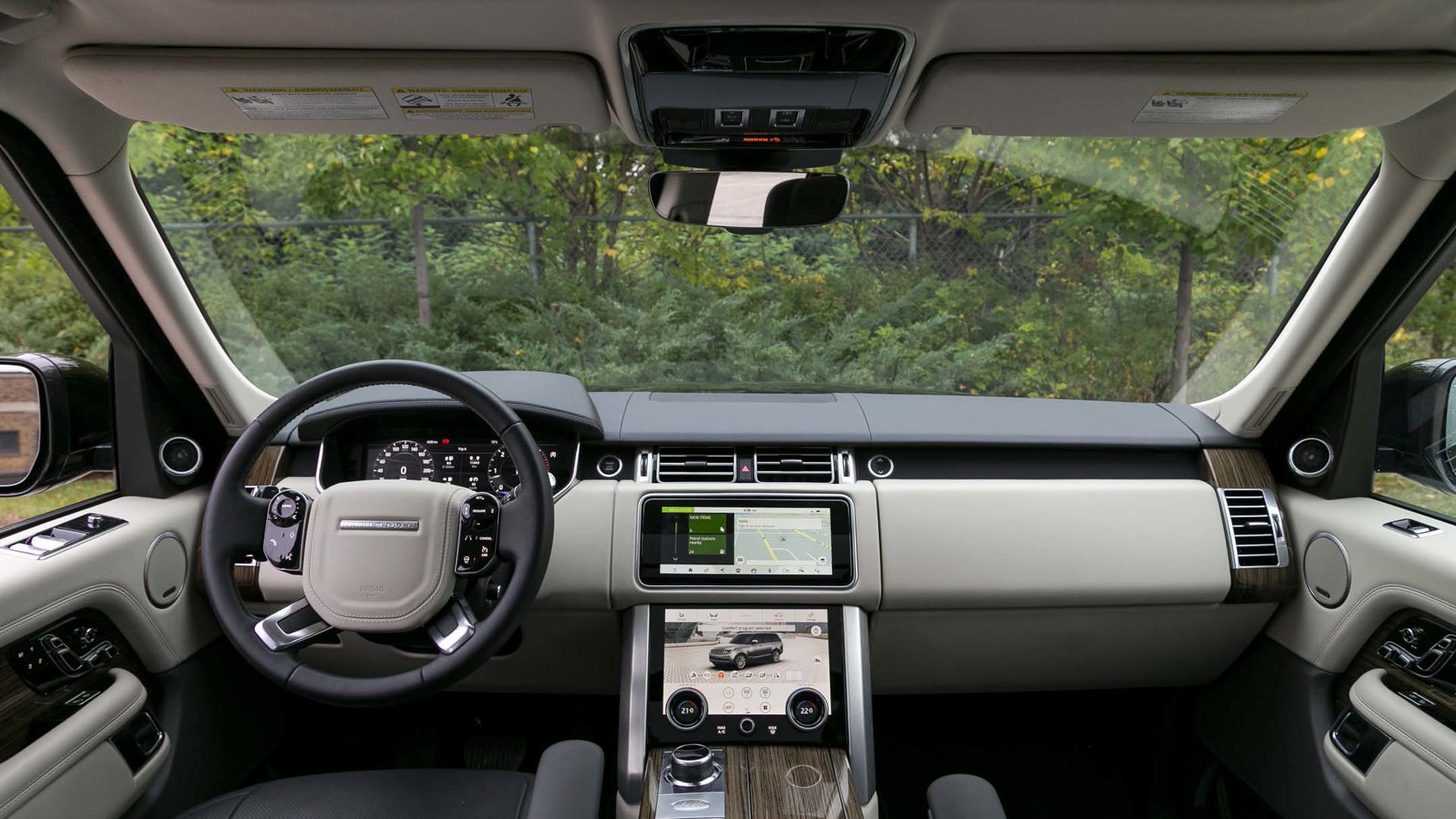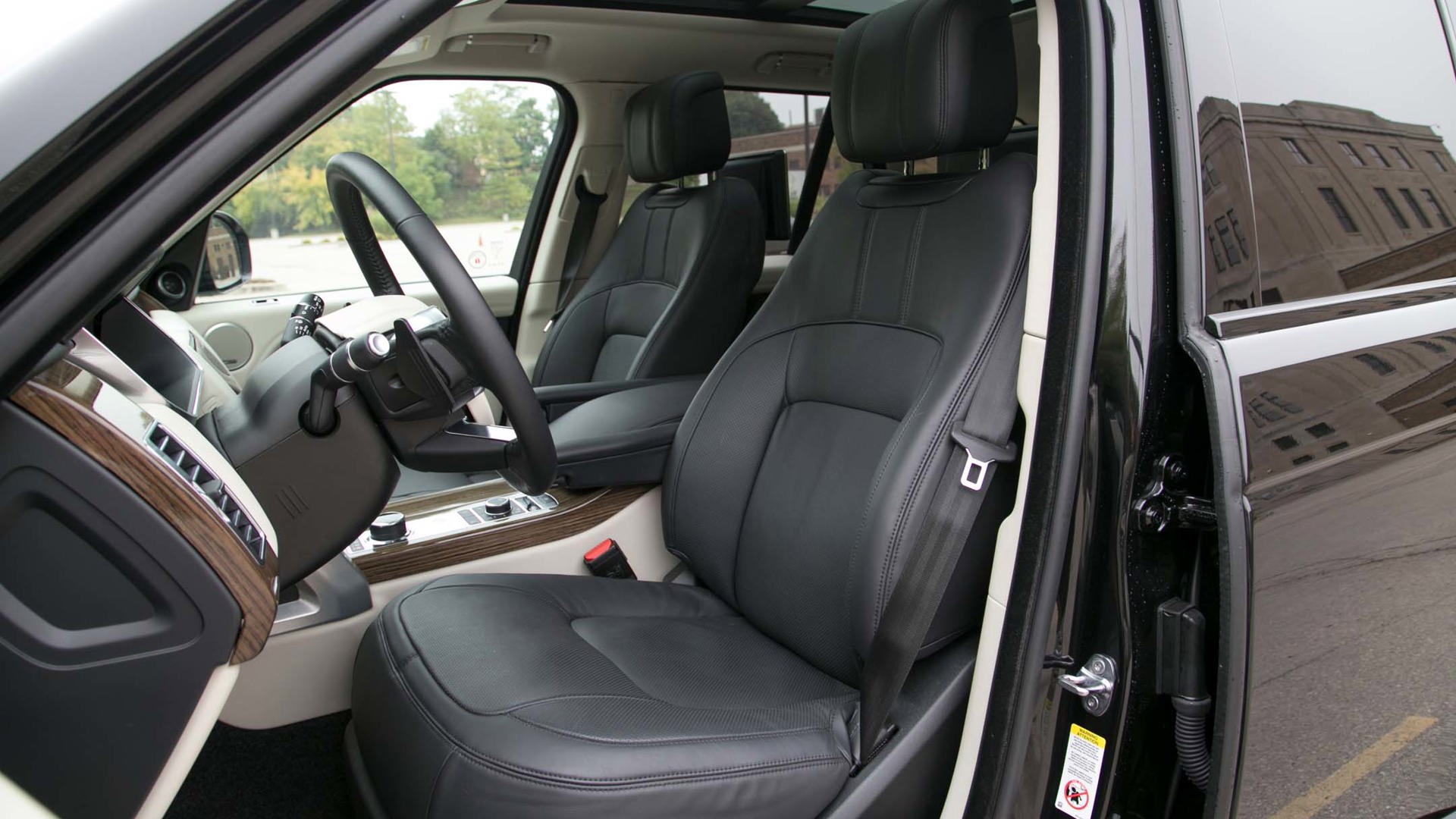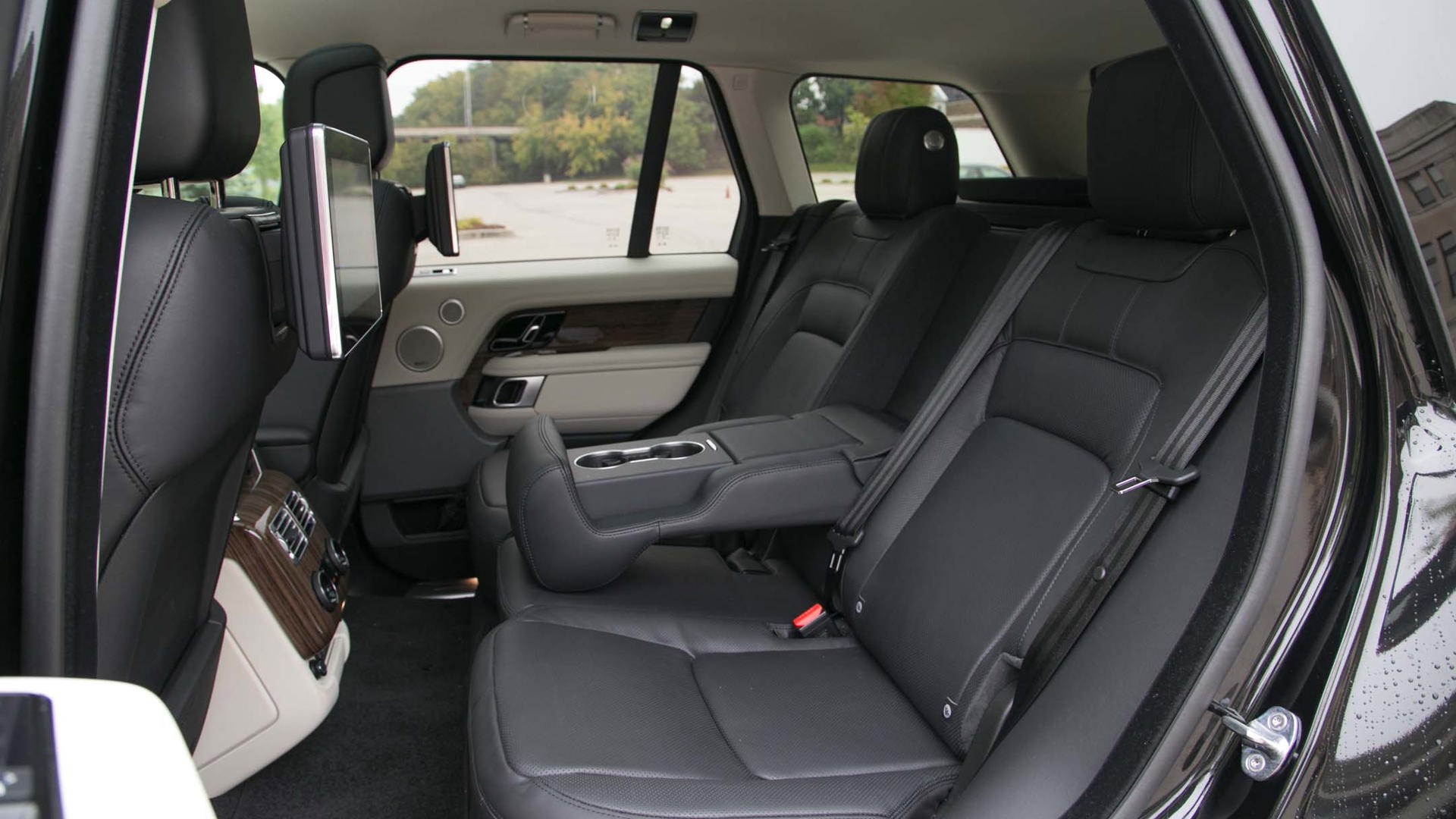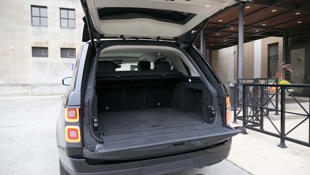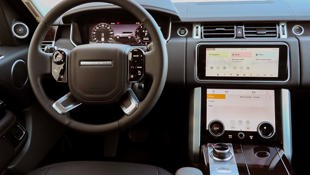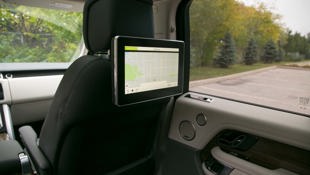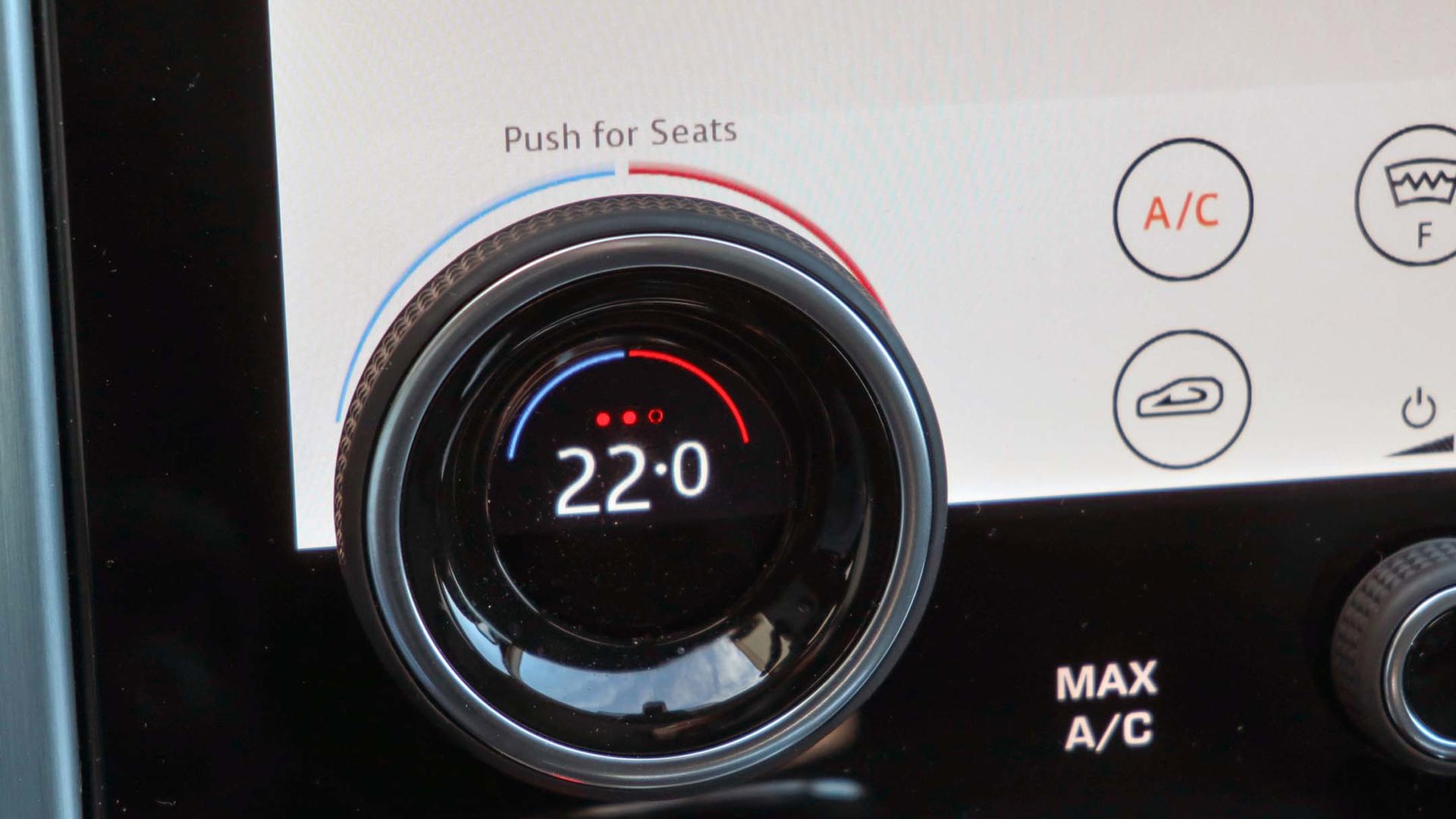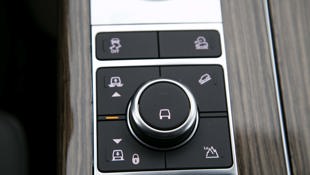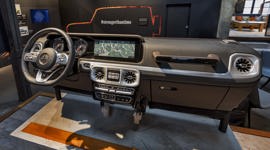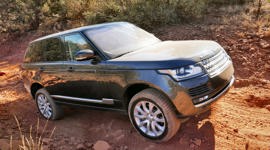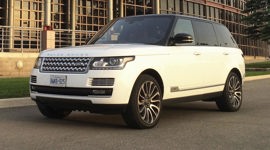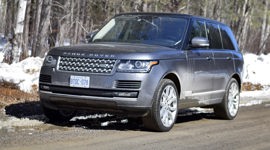Vehicle Type
Midsize / Full-size luxury SUV
History/Description
A fifth-generation Range Rover is readying for launch, marking a shift of the long-lived fourth-generation model into used vehicle territory.
Available from model years 2013 to 2021, shoppers could opt for standard or extended wheelbase models, and from a variety of trim grades including the High Specification Edition (HSE) and Autobiography. Look for power from a 3.0L supercharged V6 engine or a 5.0L supercharged V8, with no less than 340 hp on offer, and over 500 hp available.
Used Range Rover shoppers considering diesel power can seek out the available 3.0L turbodiesel V6, noted widely for its smooth and quiet operation. This engine was available from model year 2016, and it delivers 440 lb-ft of torque alongside a reasonable fuel bill.
From model-year 2019, a plug-in hybrid (PHEV) model was available for high-efficiency electrified power, with a 2.0L turbocharged four-cylinder engine and associated electric system delivering a high-efficiency, 400-hp punch. For 2020, a new straight-six hybrid turbo engine with 395 hp came online as well.
Four-wheel drive was standard, as was an array of electronics and hardware designed to help ease driver access to the machine’s off-road performance capabilities, while delivering a comfortable and controlled drive even in challenging scenarios.
By combining modern luxury must-haves with some of the most capable off-road engineering in the segment, the Range Rover is commonly sought by shoppers seeking high levels of comfort and tech, wrapped up in a package that was ready for adventure on the road less travelled and in inclement weather.
Look for premium lighting systems, high-end audio provisions, massaging seats, an available leather-lined ceiling, massive sunroof, digital instrumentation, adaptive cruise control, surround-view camera system, adaptive air suspension, and plenty more.
What Owners Like
According to owners, key draws to this generation of Range Rover included its refined blend of comfort and performance, available supercharged V8 performance, high levels of off-road capability and throttle response, and one of the most beautifully trimmed cabins in the business. The Range Rover was extensively engineered to deliver consistent comfort and confidence across a wide range of situations, all to the delight of many repeat owners.
What Owners Dislike
Some owners wish for a more engaging drive and handling, an improved infotainment system, and a more spacious interior relative to the machine’s overall size. Note that models with larger wheels (21- and 22-inch options) may exhibit lower-than-expected comfort levels on rough road and trail surfaces.
Start off Smart
Will a second-hand Range Rover be your first luxury vehicle? If so, bear a few tips in mind to start the process off right, and maximize value for your dollar. If it’s in your budget, we’d recommend a 2020 or newer model running the 3.0L straight-six hybrid or diesel engine options. These high-efficiency choices stretch the range of a tank of fuel, helping ensure drivers can go further on every dollar spent.
Avoid models that have been modified with non-factory parts, which can cause problems. If the Range Rover you’re considering comes with a set of non-factory wheels, be sure to confirm that they’re from a reputable brand, and are built to handle the weight and size of the vehicle. Ensure the used Range Rover you’re considering is running a healthy set of tires from a brand you trust as well.
Fully inspect the body of the Range Rover from tip to tail for signs of damage or unsatisfactory repairs. Note that a damaged windshield or bumpers may result in problems with vehicle safety systems, which rely on sensors and cameras embedded within. Bumper damage may also cause problems with the parking clearance sensors mounted inside.
Be on the lookout for signs of lot-rot, including problems like flat-spotted tires, dead batteries, rusty brakes, and suspension noises that become more likely when a vehicle is often parked for extended periods.
Recalls
This generation of Range Rover was subjected to at least nineteen safety recalls in Canada. Safety recalls deal with identifying and repairing latent safety defects with new vehicles, and the work required to complete safety recalls is carried out by dealerships free of charge.
Often, recall work is performed automatically during regular dealer servicing. If the unit you’re considering hasn’t been regularly dealer serviced, it’s more likely to have outstanding recalls. Note that some models were affected by multiple recalls, and others were affected by none.
Recalls do not necessarily apply to every copy of a vehicle, which is why shoppers should always check to determine which (if any) recalls are outstanding by talking to a dealer service department. Prospective owners can find additional information and contacts here. After purchasing a used Range Rover, contact Land Rover Canada to register the vehicle’s VIN to your contact information. This will ensure any new recall notices get to you the fastest.
Electronics Health
Some owners have reported issues with sporadic and unreliable operation of the Range Rover’s central infotainment system, as well as features incorporated within like parking camera systems, Bluetooth connectivity, and stereo system performance. Many have not.
In most cases, a software update fixes niggling electronic issues like this, though rarer circumstances may necessitate the use of replacement hardware and wiring. Infotainment system trouble and complaints are among the most commonly reported by owners of vehicles across all makes and models. Accordingly, test-driving shoppers set on a Range Rover should spend time ensuring that the model they’re considering has an adequate number of USB connectors and charging ports, that the built-in navigation maps are not outdated, and that call quality and audio playback quality via the Bluetooth system is satisfactory.
If the head unit freezes, blacks out, fails to boot up, or otherwise performs poorly, assume that a pricey repair is required until you’ve got proof to the contrary.
Auto Stop-Start
Many modern vehicles use a feature called ignition stop-start to improve fuel economy by shutting off the engine in situations where it would otherwise idle. While the driver holds the brake pedal at a stop sign or red light, the engine turns off. When the brakes are released, the engine fires up again in a split second.
Some Range Rover owners have experienced problems with the system. Most have not. These problems may include sporadic operation, failure to engage, or slow, rough, and noisy engine starts and restarts. Further, certain situations may prevent the system from working. For instance, it may not engage in certain off-road drive modes, or below a certain ambient temperature.
To prevent frustration with the system, take three important steps. First, read the owner’s manual and be sure you understand the function and limitations of the system in full. Second, be sure the vehicle you’re considering has a fresh and healthy battery, since a weak or dying battery can negatively affect its operation.
Many owners recommend the use of a battery trickle charger to help condition and sustain the battery, extending its life. Battery replacement may be expensive and complex, and regular trickle charging can extend battery life. Note that a trickle charger is designed to keep a healthy battery healthy, but may not be able to bring a weak or dead battery back to life.
Third, confirm that the Range Rover you’re considering is running the latest possible software updates to all systems, as software updates may improve the operation of the ignition stop-start system, or prevent problems before they occur. Here’s some more information.
Smelly Air Conditioning
Some owners have reported issues with poor performance from their air conditioners, as well as the presence of a mouldy, rotten, unpleasant smell that’s detectable when the system is turned on. Others have not.
After your test drive, allow the engine to run, park the vehicle, and blast the A/C. Ensure that cool air is delivered consistently from all vent outlets you select, and be on the lookout for any failure of the system to maintain the temperature you select. Spend a few minutes ensuring that the AC performs strongly in this situation.
Further, be on the lookout for an unpleasant odour from the vehicle’s interior and its climate control system. Some owners have reported a nasty smell, likely caused by mould and mildew build-up within system components which may require professional cleaning or replacement parts to remedy. This issue seems more likely when the vehicle is used frequently in a warm, humid climate. Some owners “dry” the climate control system off by running the fan on high for a moment or two before turning the vehicle off after a long drive. This helps keep moisture from building up within the internals of the climate control system, helping mitigate mould and mildew growth. Note that a clean cabin air filter can help improve the performance of the Range Rover’s air conditioner, and may help prevent mould and mildew related problems, too.
Coax Out Clunks
The Range Rover you’re considering rides on top of a highly sophisticated suspension system that’s designed to deliver a smooth and quiet drive over virtually any surface. High-end hardware like air suspension components and active sway bars can drive up potential repair costs in the case of any damage or excessive wear.
On your test drive, spend an extended period on a rough road surface after quieting the vehicle’s cabin. Engage bumpy surfaces both while coasting and braking moderately, listening and feeling closely for signs of an unwelcome clunking or popping sound from the vehicle’s front end. Do not take delivery of a used Range Rover that’s exhibiting any unusual front-end noise in this situation, noting that such sounds are not normal, and typically indicate the need for a potentially pricey repair.
Some owners have had control arms, air suspension components, and other parts replaced under warranty to quell this problem. If anything sounds out of whack, it probably is – and it could cost you a pretty penny to repair. If the suspension in your Range Rover is anything but quiet and smooth over a rough road, proceed with caution. Here’s some more reading.
Safety Ratings
NHTSA: N/A
IIHS: N/A
